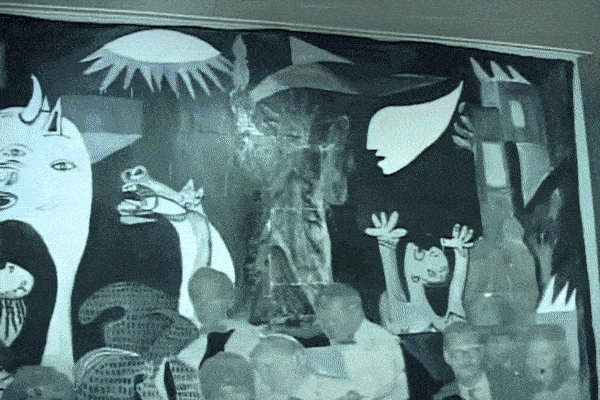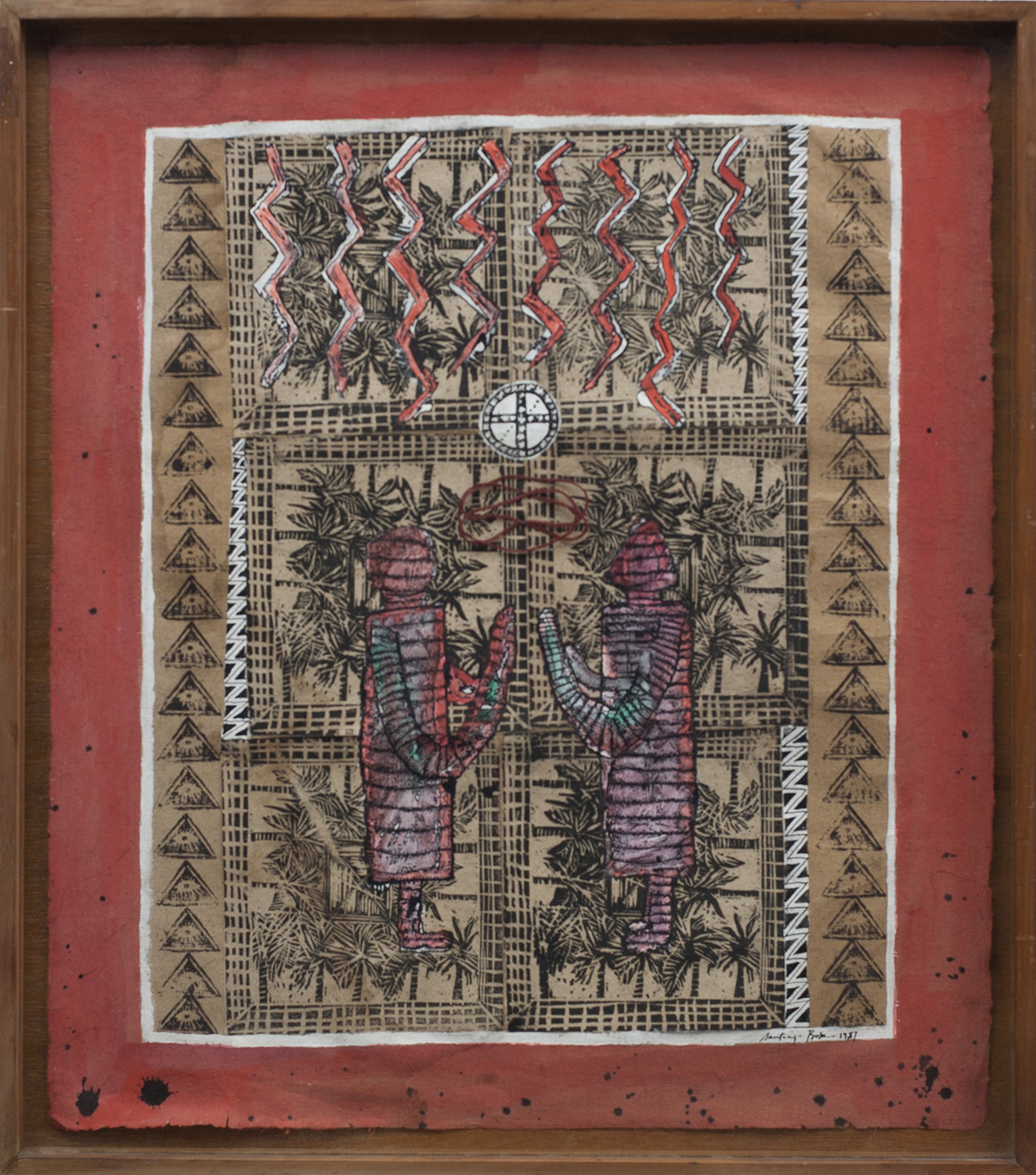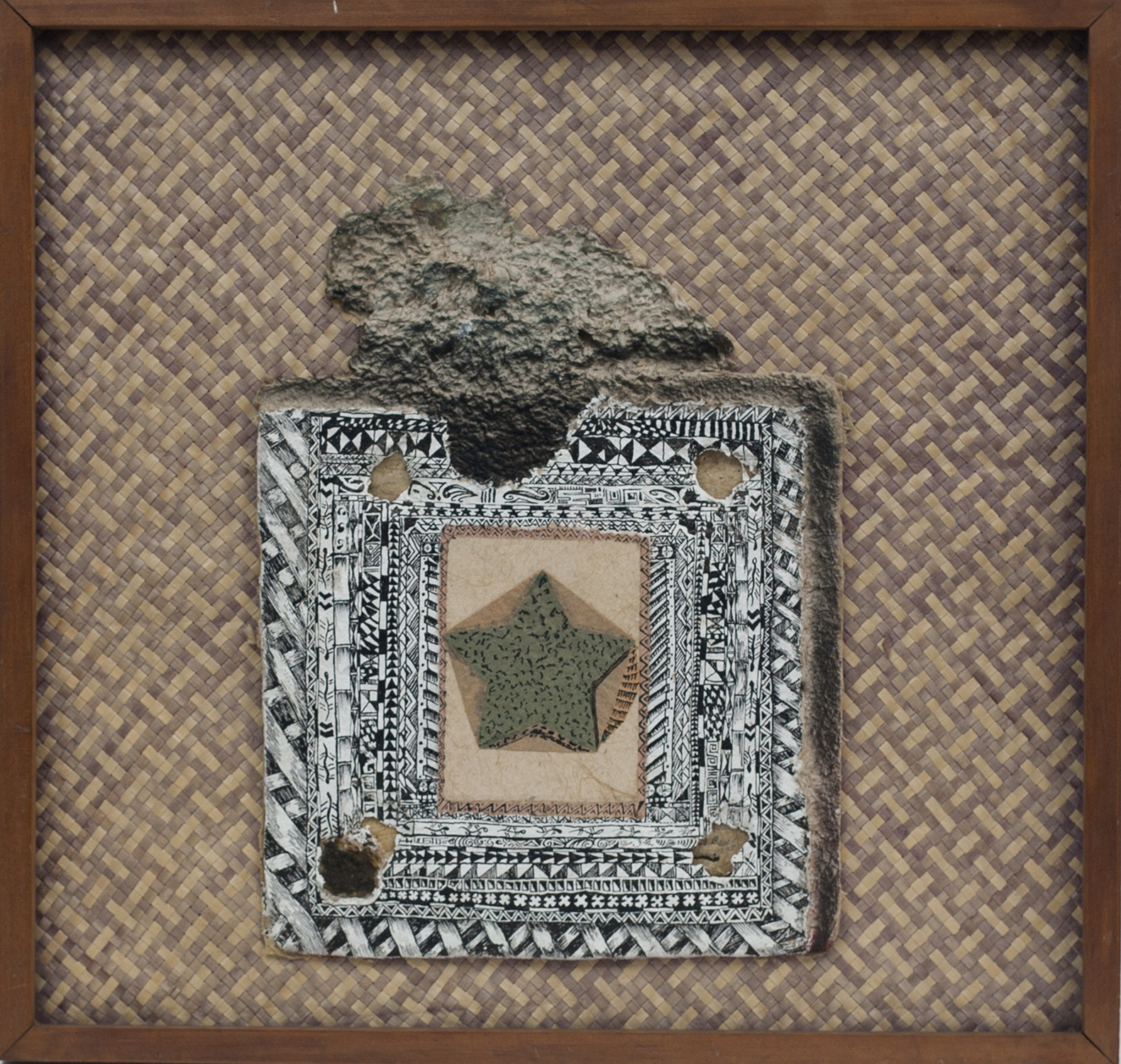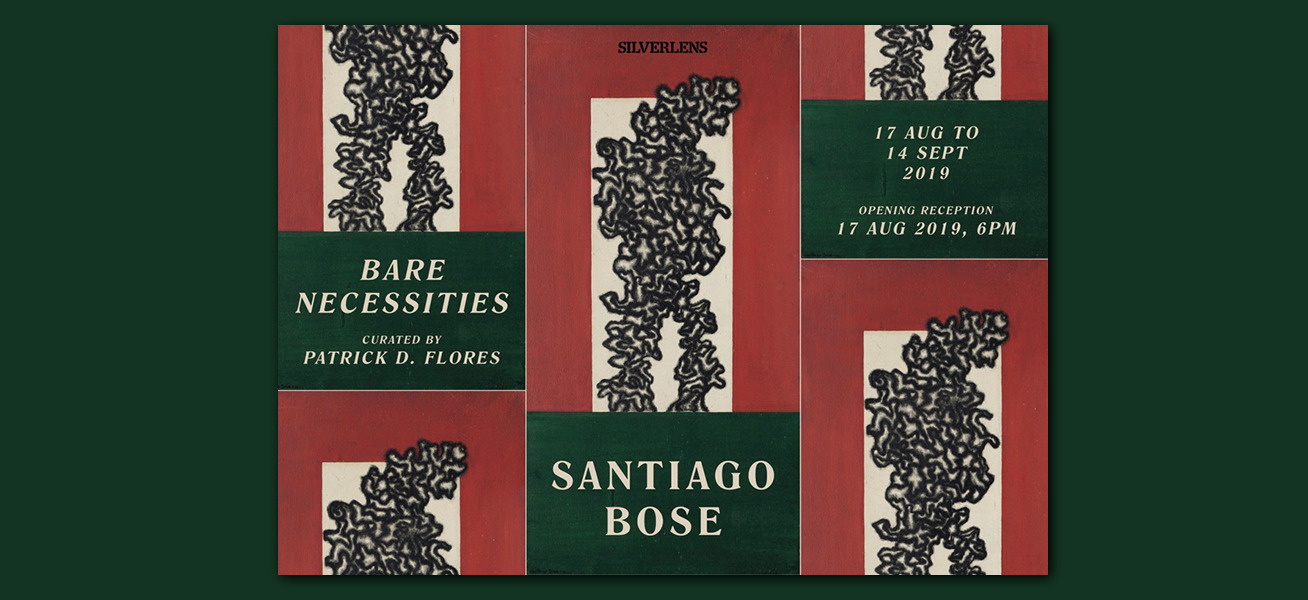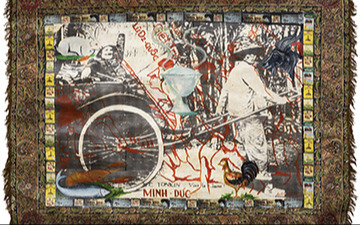
Bare Necessities
Santiago Bose
Curated By Patrick D. Flores
Silverlens, Manila
Installation Views
About
The exhibition series Santiago Bose: Painter, Magician revisits the art of Santiago Bose through selected pieces from his extensive practice, marking turns in expression and the social contexts shaping it. The first phase is Bare Necessities. It focuses on the impulses of his artistic language and how these are harnessed to produce distinct form, critical discourse, and urgent impulse. The political work of art begins with the gesture of transforming the material of the world.
Sections:
I: Abstraction: hard-edge, presence of grid, emergence of contingent form within geometric frame
II. Time/Ground: found and re-mediated object exposed to the elements like the sun, the machine such as the photocopier, and artistic intervention via collage
III. Archive: sources of critique, re-invention, disfiguration, re-situation
IV. Tricky Object: mutating, itinerant form testifying to culture, commodity, heritage, counter-memory V. Potent Ornament: reference to craft, landscape, design of local lore and artifice
VI. Everyday Life of Artist: pages of thoughts, drawings, plans, speculations, dreamwork
VII. Acting Out: presence of body in space, action in public
Words by Patrick D. Flores
Santiago Bose (July 25, 1949 – December 3, 2002, Baguio City, Philippines) was a mixed-media artist from the Philippines. Bose co-founded the Baguio Arts Guild, and was also an educator, community organizer and art theorist.
Bose often used indigenous media in his work, ranging from bamboo and volcanic ash, to the cast-offs and debris (found objects, bottles, “trash”). His assemblages communicated a strong sense of folk consciousness and religiosity, and the strength of traditional cultures in a culture inundated with foreign cultural influences.
Bose worked toward raising an awareness of cultural concerns in the Philippines. After studying at the College of Fine Arts at the University of the Philippines between 1967 and 1972, Bose continued his studies in the United States, at the West 17th Print Workshop in New York.
He returned to Baguio in 1986 and began his explorations into the effects of colonialism on the Philippine national identity. In particular, Bose focused on the resilience of indigenous cultures, like that of his home region of the Cordilleras.
Bose was the founding president of the Baguio Arts Guild in 1987. He became president again in 1992. The Guild is an active cultural association in the northern Cordillera region, emphasizing regional tribal traditions and the importance of using indigenous materials. Bose played a formative role in establishing the Baguio International Arts Festival.
Through his work, Bose addressed difficult social and political concerns in the Philippines. His subject(s) were approached with deep criticality and gravity, although never without a sense of humor and wit, however irreverent.
Bose said, “...The artist cannot but be affected by his society. It is hard to ignore the pressing needs of the nation while making art that serves the nation’s elite... We struggled to change society, which is difficult and dangerous, and we also sought to preserve communal aspects of life. I too am haunted by visions of hardship, poverty, disenfranchisement of the ‘primitive’ tribes, but between outbursts of violence and exploitation are also tenderness, selflessness and a sense of community. These will always remain unspoken and unrecognized unless we make art or music that will help to transform society. The artist takes a stand through the practice of creating art. The artist articulates the Filipino subconscious so that we may be able to show a true picture of ourselves and our world.”
Bose was granted the Thirteen Artists Award by the Cultural Center of the Philippines in 1976. He has exhibited in major international events such as the Third Asian Art Show in Fukuoka, Japan and the Havana Biennial held in Cuba, both in 1989. In 1993, he was invited to the First Asia-Pacific Triennial of Contemporary Art held at the Queensland Art Gallery in Brisbane, Australia. In 2000 Bose’s work was included in the Asian Art Museum of San Francisco’s exhibition At Home & Abroad, 20 Contemporary Filipino Artists. In June 2002, he was presented the Gawad ng Maynila: Patnubay ng Sining at Makabagong Pamamaraan (Cultural Award for New Media presented to outstanding Filipino Artist) by the City of Manila. In 2006, he was posthumously shortlisted for the National Artist award.
As a widely sought after artist for public commissions and artist residencies, Bose’s practice included extensive international travel and included several prominent grants and fellowships.
Bose’s work was marked by a conscious avoidance of a single recognizable style, by varied foreign and local influences, and by an experimental bent.
Patrick D. Flores is a Professor of Art Studies at the Department of Art Studies at the University of the Philippines, which he chaired from 1997 to 2003, and Curator of the Vargas Museum in Manila. He was one of the curators of Under Construction: New Dimensions in Asian Art in 2000 and the Gwangju Biennale (Position Papers) in 2008. He was a Visiting Fellow at the National Gallery of Art in Washington, D.C. in 1999 and an Asian Public Intellectuals Fellow in 2004. Among his publications are Painting History: Revisions in Philippine Colonial Art (1999); Remarkable Collection: Art, History, and the National Museum (2006); and Past Peripheral: Curation in Southeast Asia (2008). He was a grantee of the Asian Cultural Council (2010) and a member of the Advisory Board of the exhibition The Global Contemporary: Art Worlds After 1989 (2011) organized by the Center for Art and Media in Karlsruhe and member of the Guggenheim Museum’s Asian Art Council (2011 and 2014). He co- edited the Southeast Asian issue with Joan Kee for Third Text (2011). He convened in 2013 on behalf of the Clark Institute and the Department of Art Studies of the University of the Philippines the conference “Histories of Art History in Southeast Asia” in Manila. He was a Guest Scholar of the Getty Research Institute in Los Angeles in 2014. He curated an exhibition of contemporary art from Southeast Asia and Southeast Europe titled South by Southeast and the Philippine Pavilion at the Venice Biennale in 2015. He is the Artistic Director of Singapore Biennale 2019.
I. Abstraction
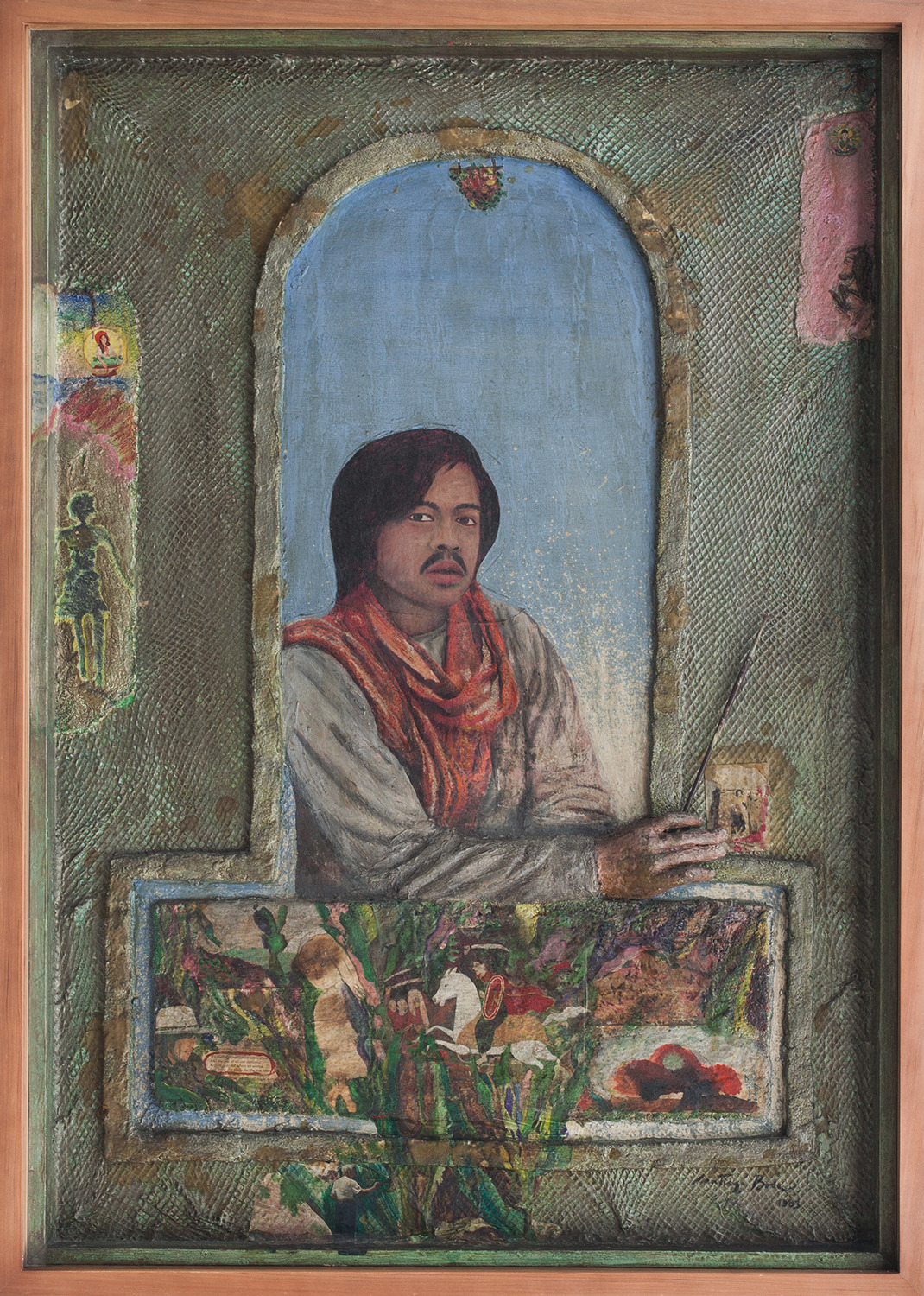
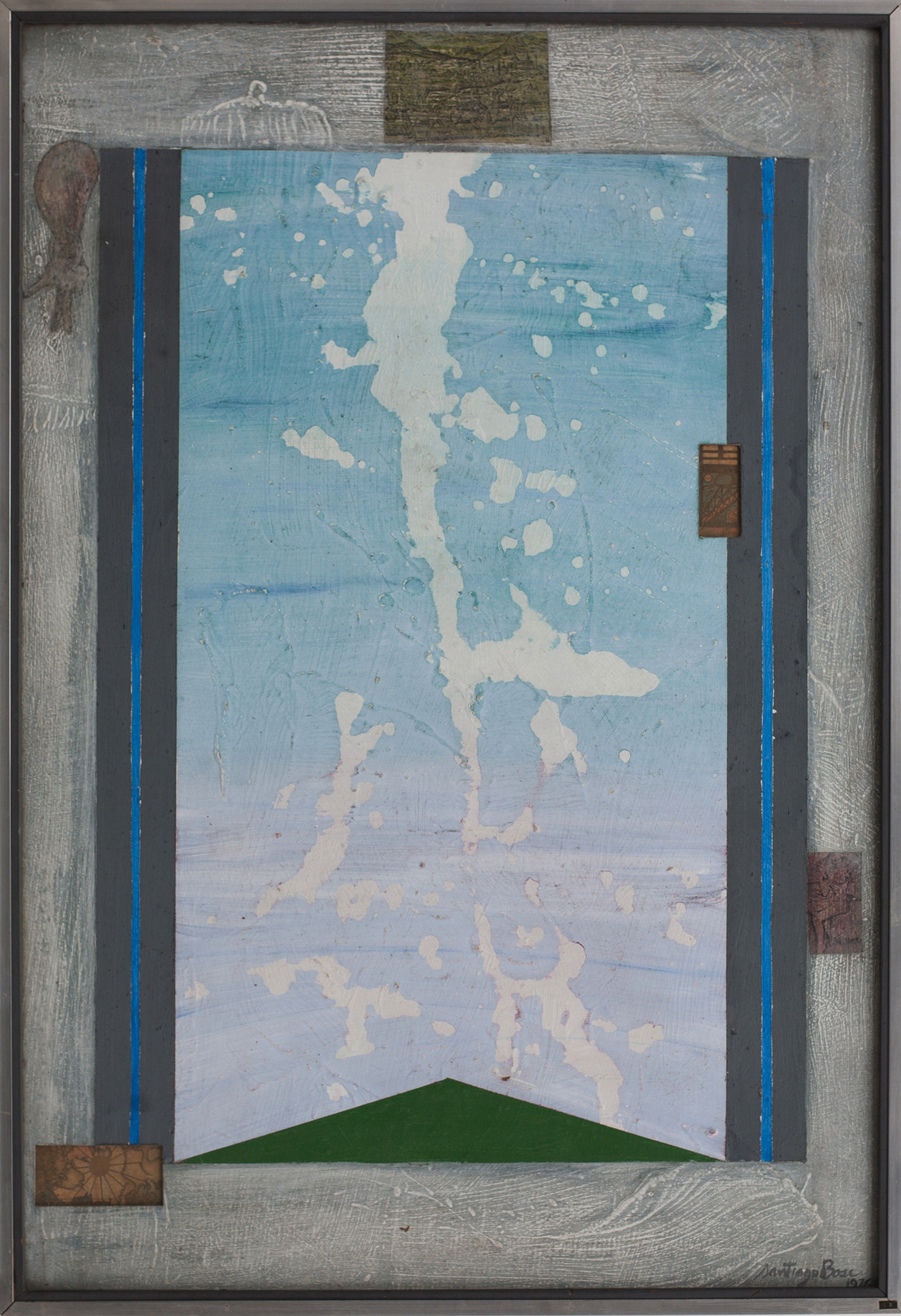
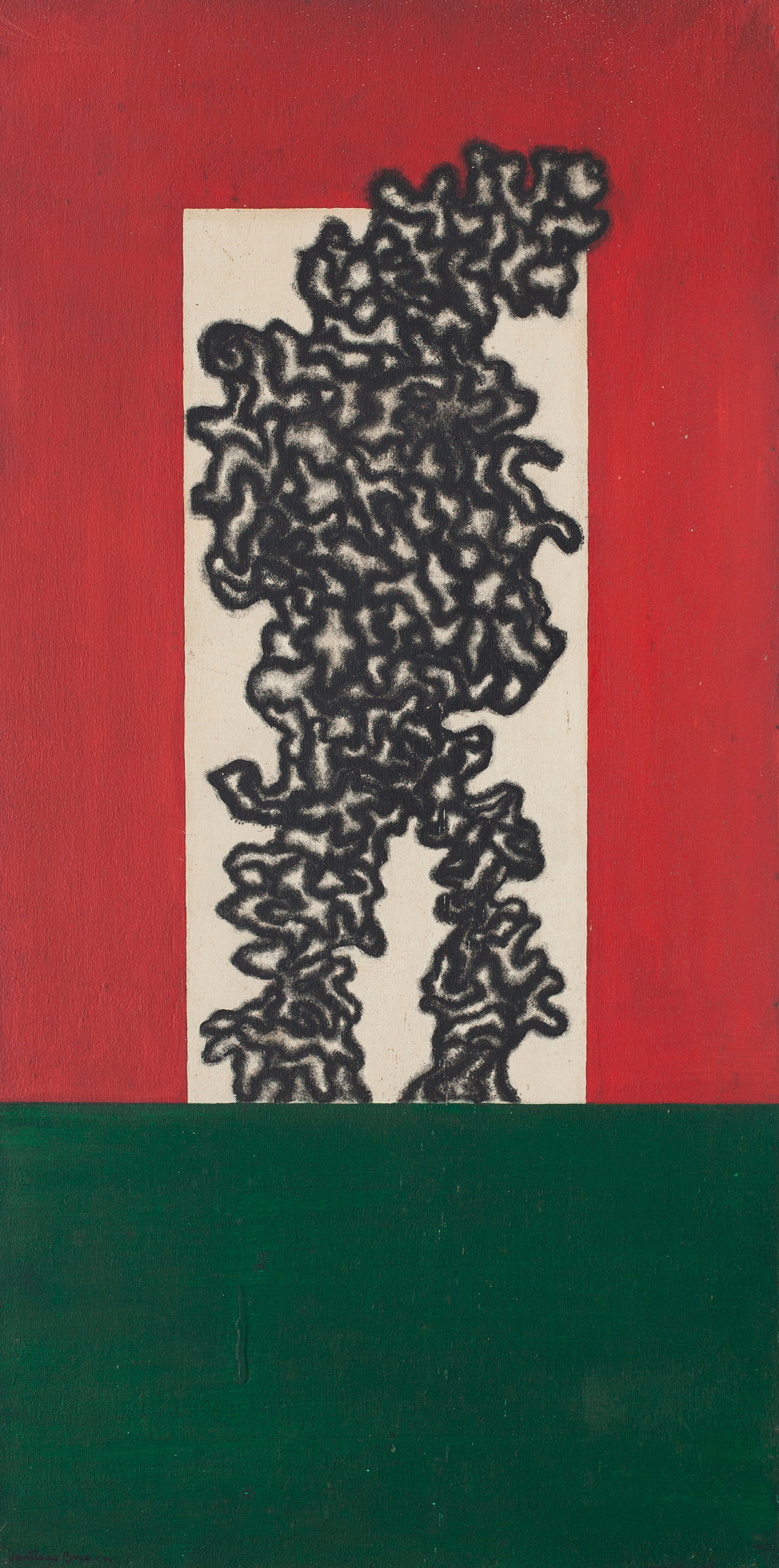
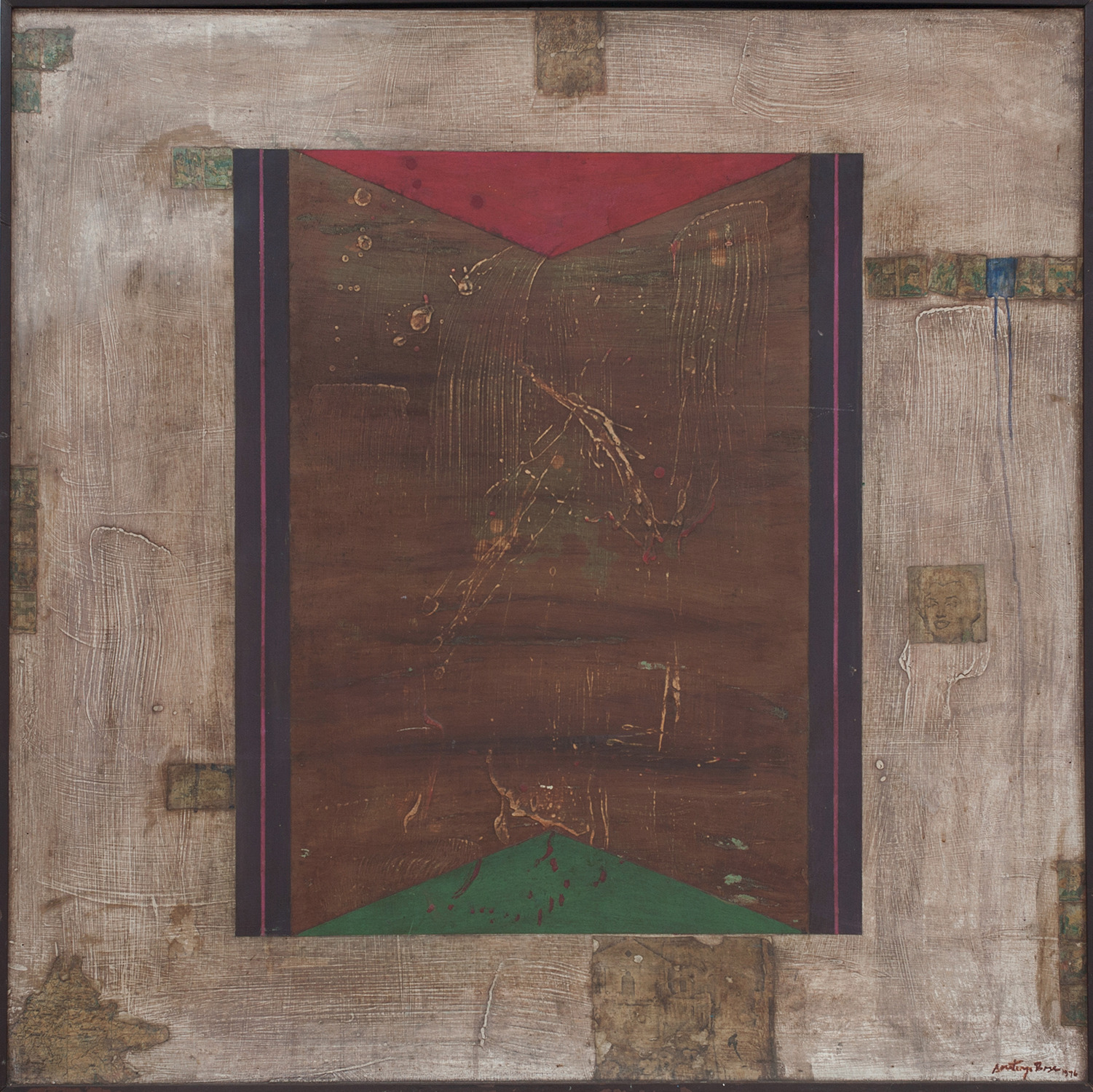
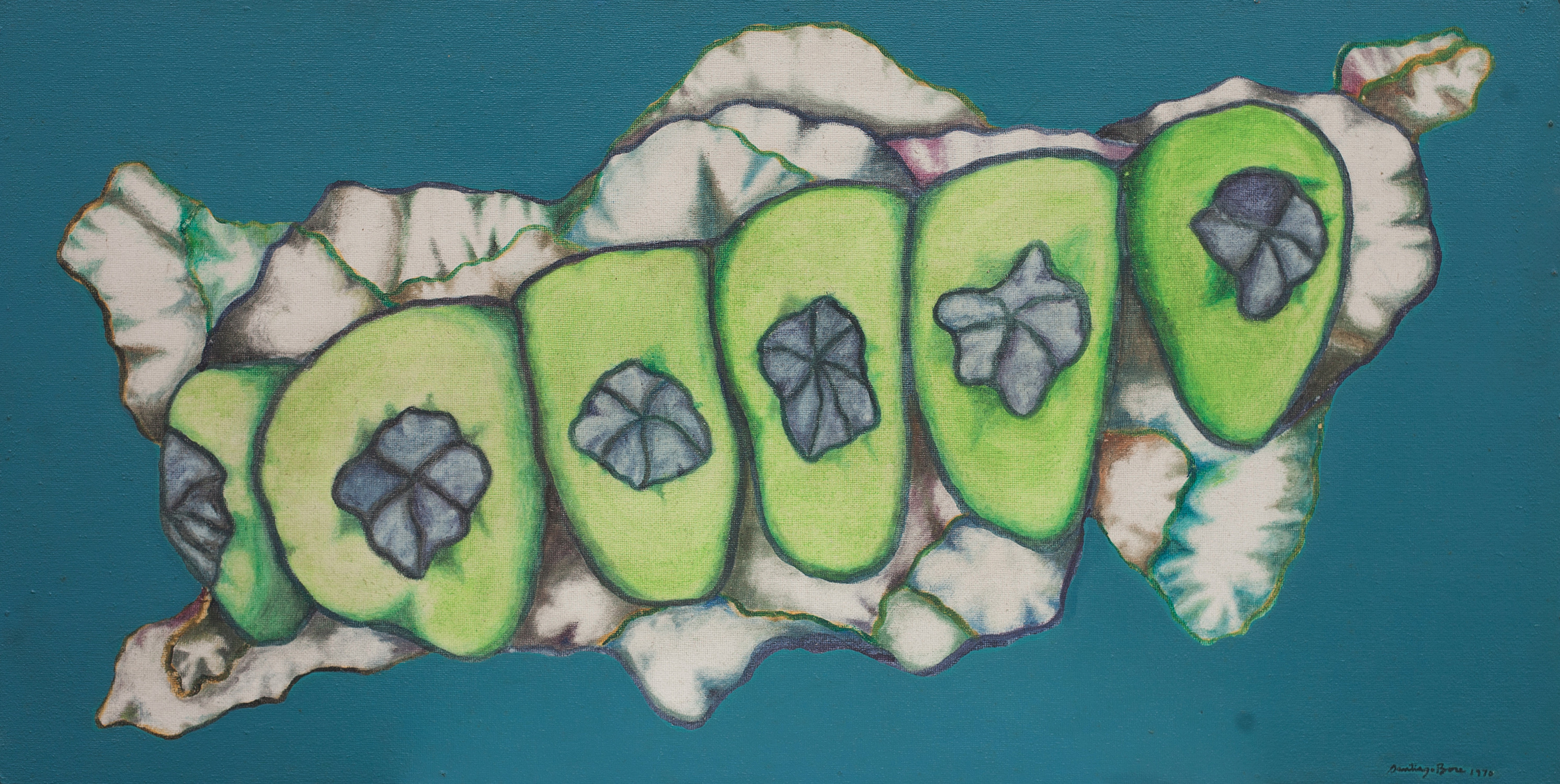
II. Time/Ground
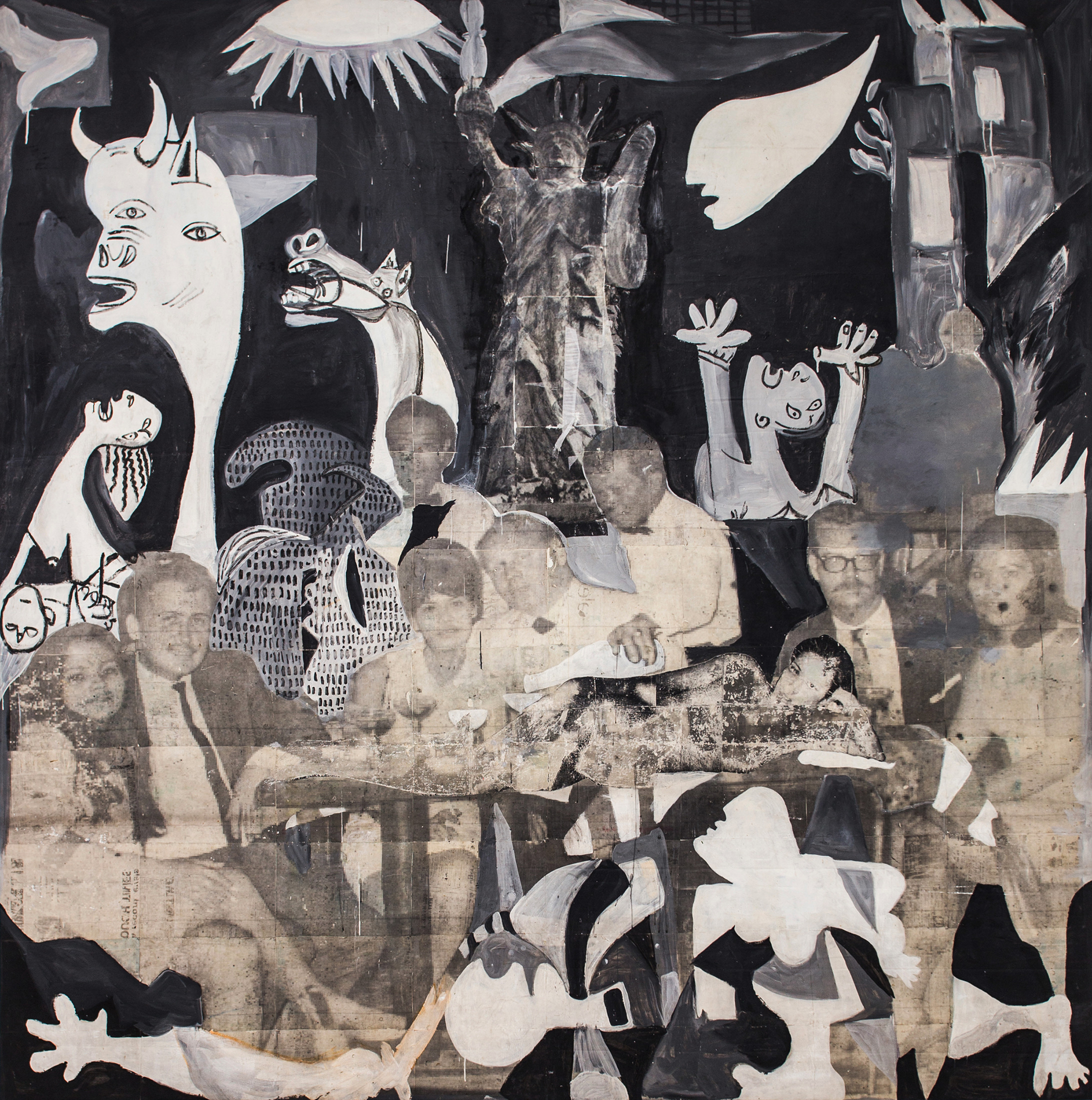
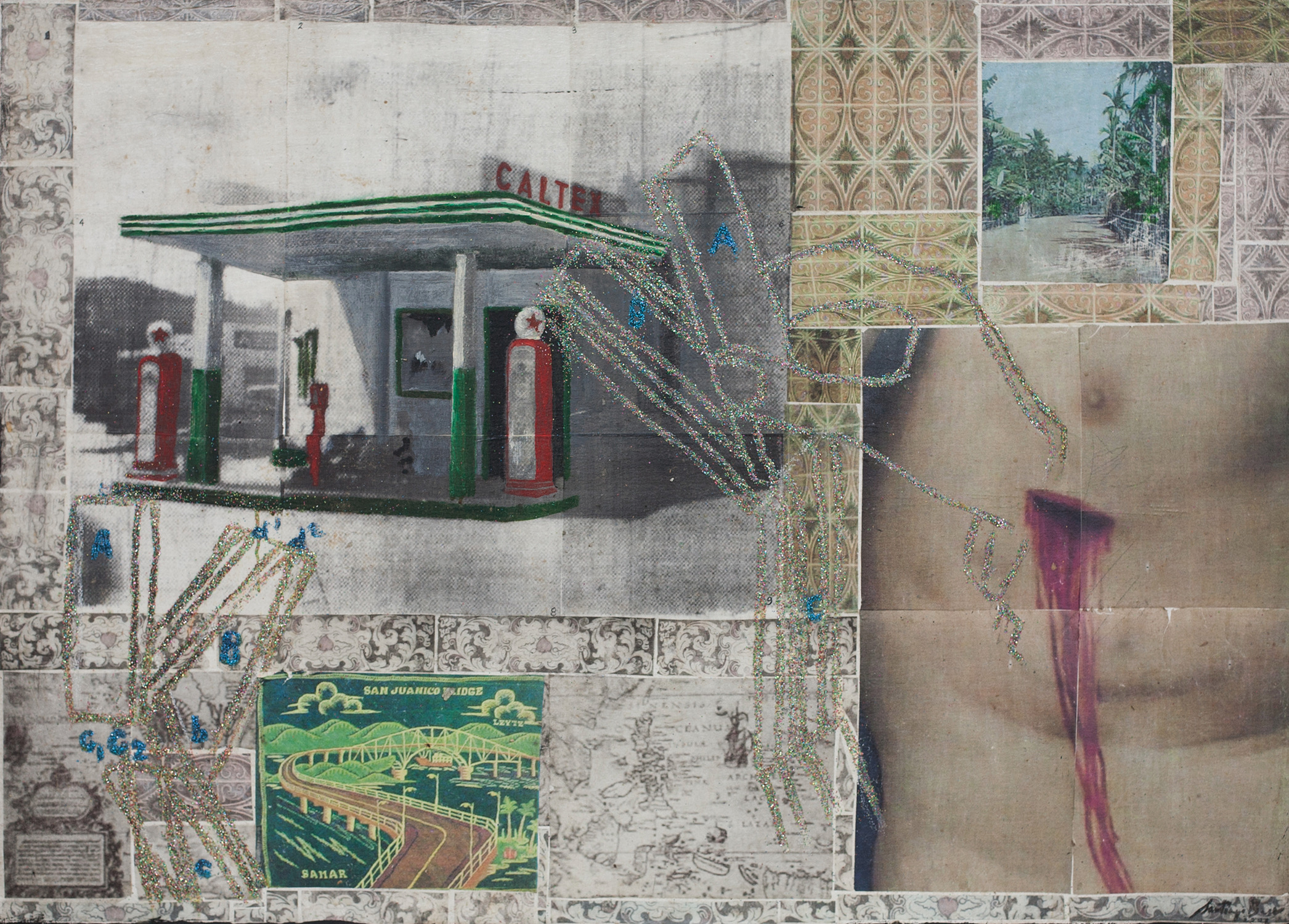
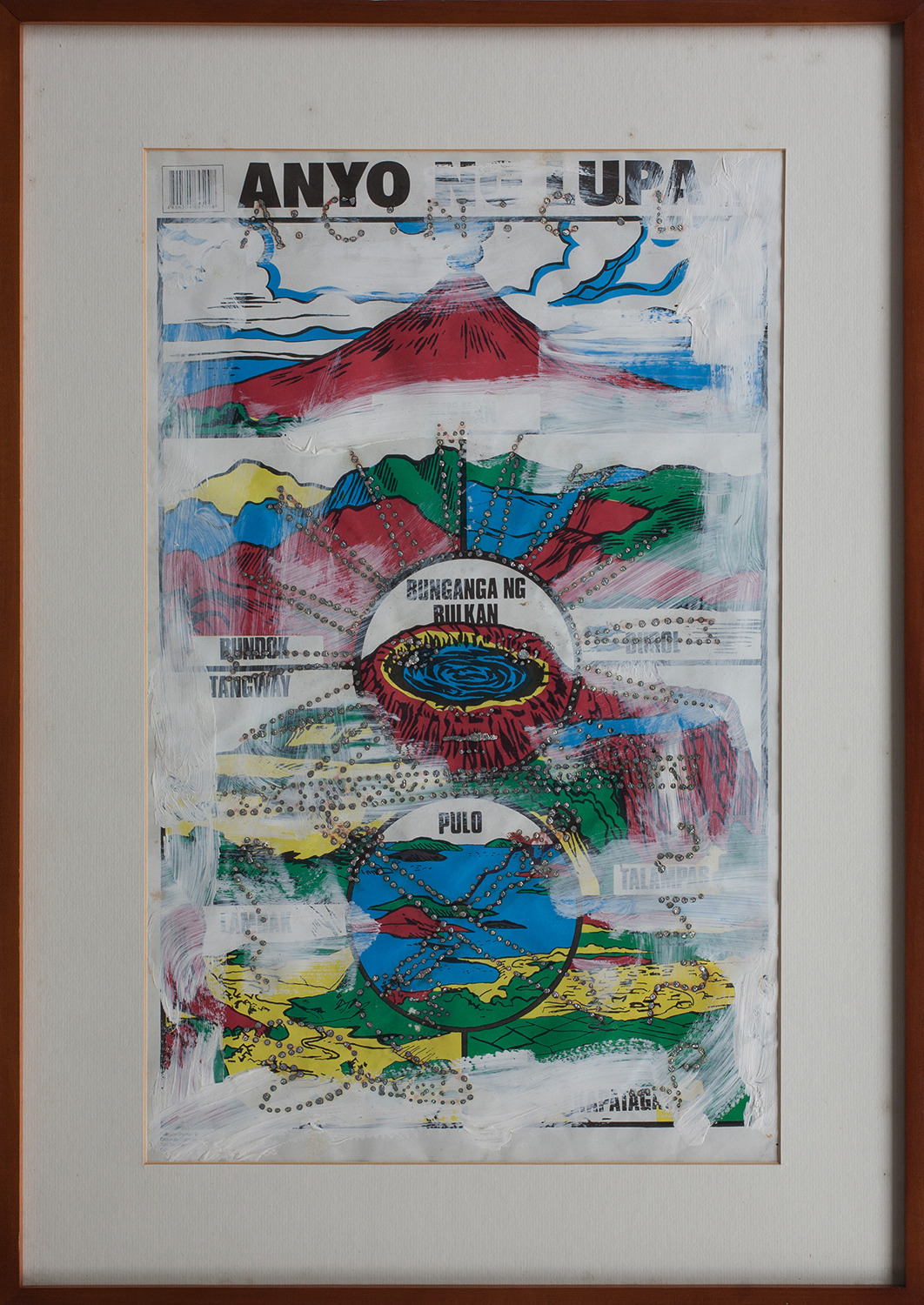
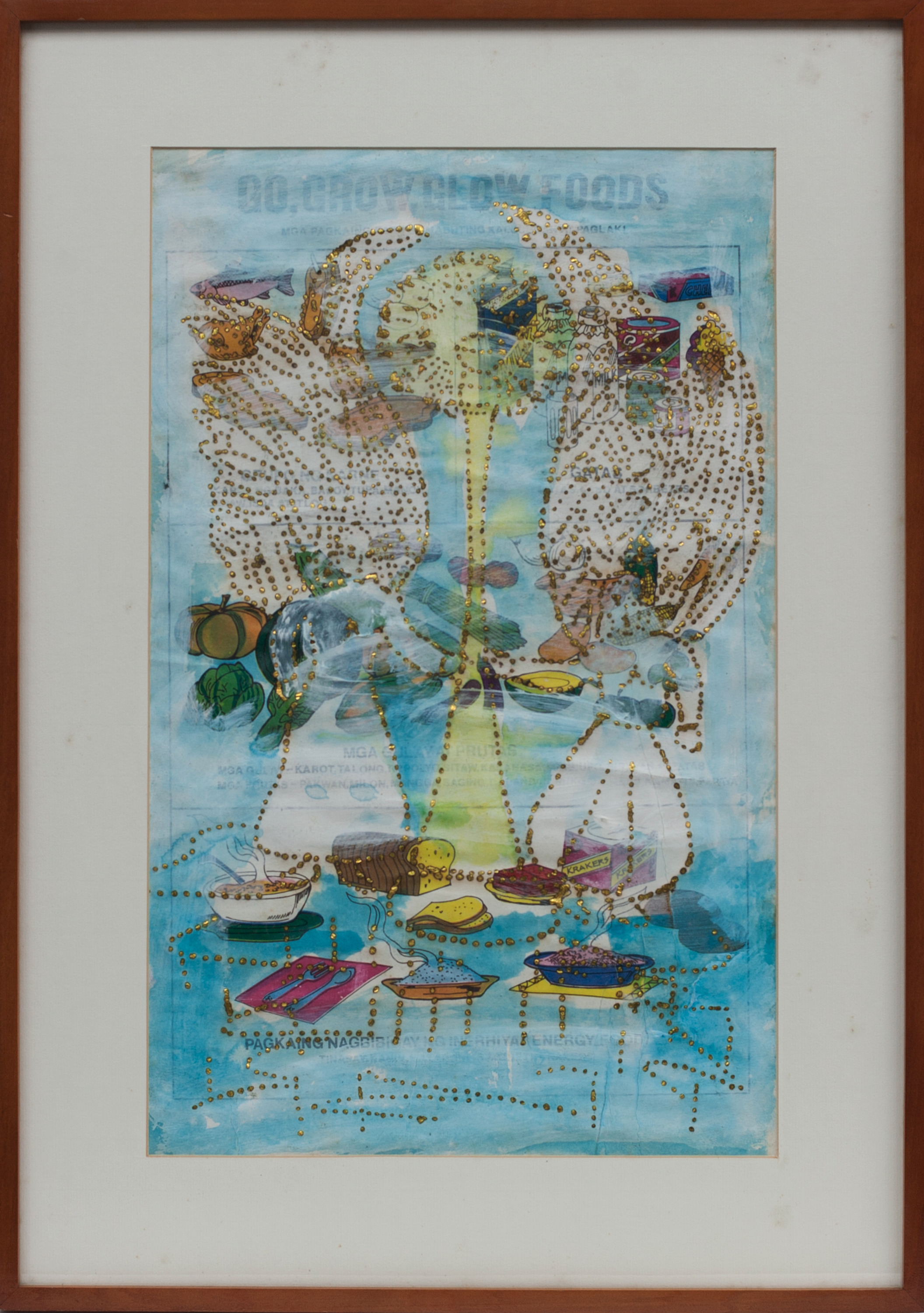
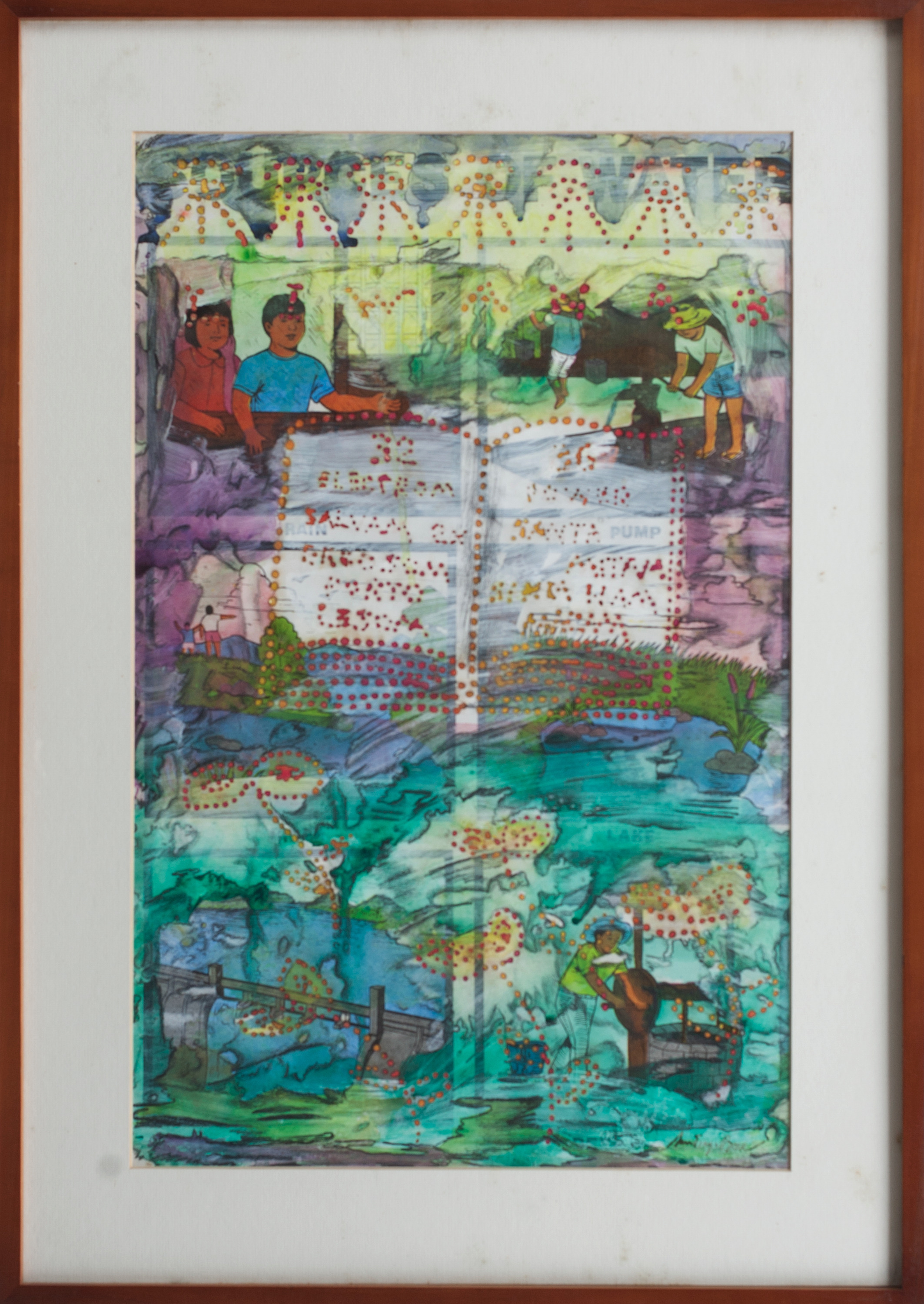
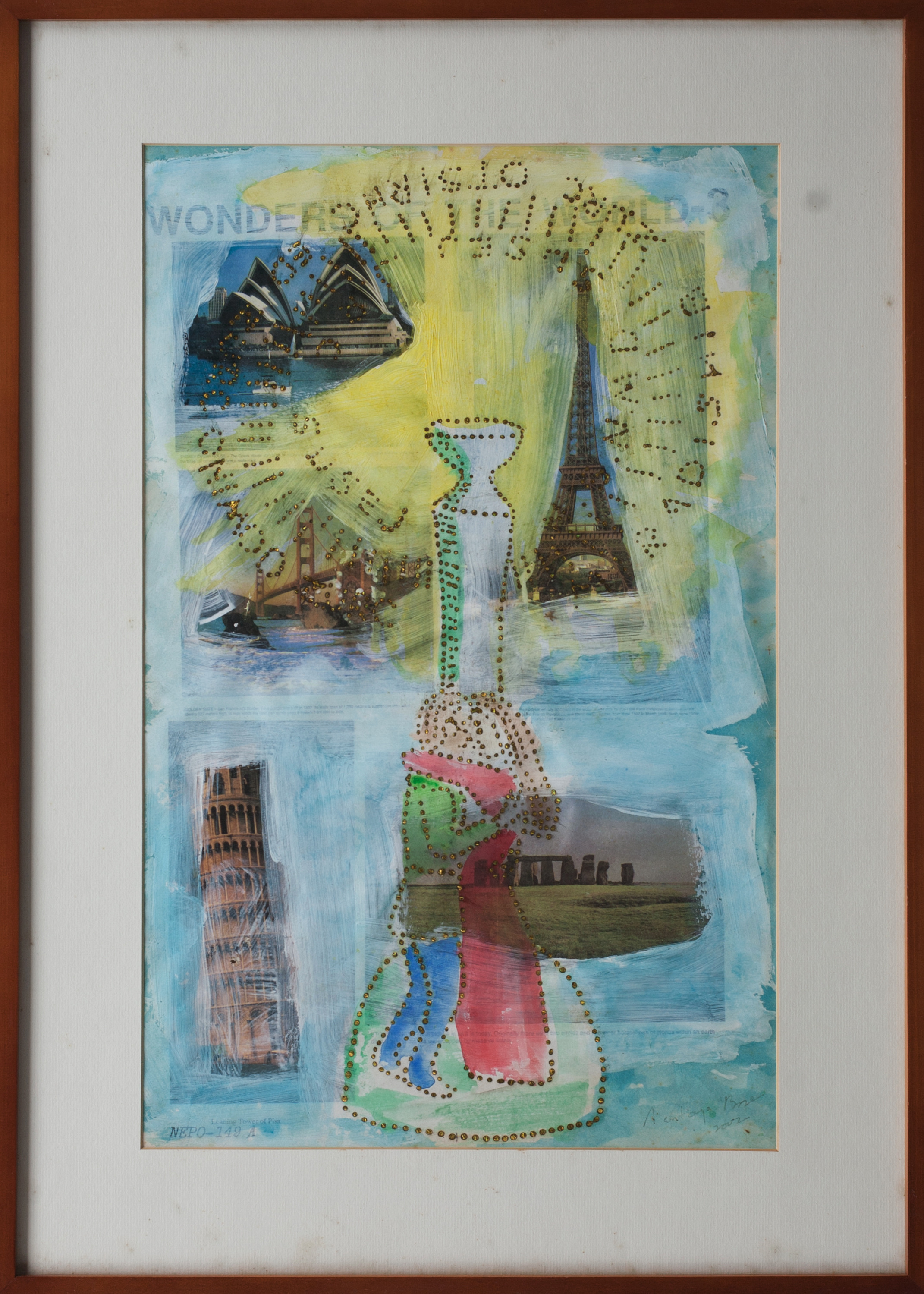

From the collection of Paulino and Hetty Que
III. Archive
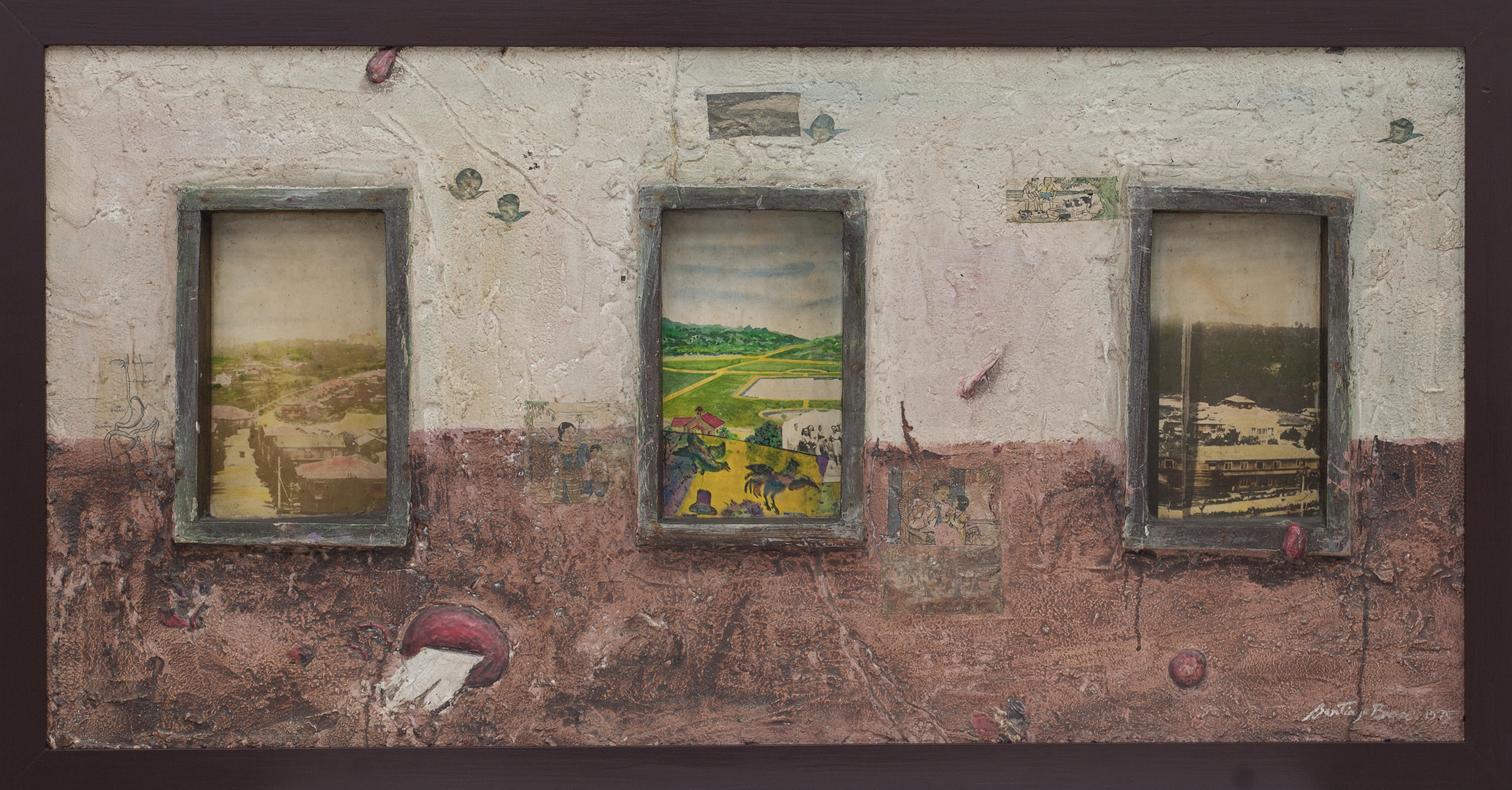
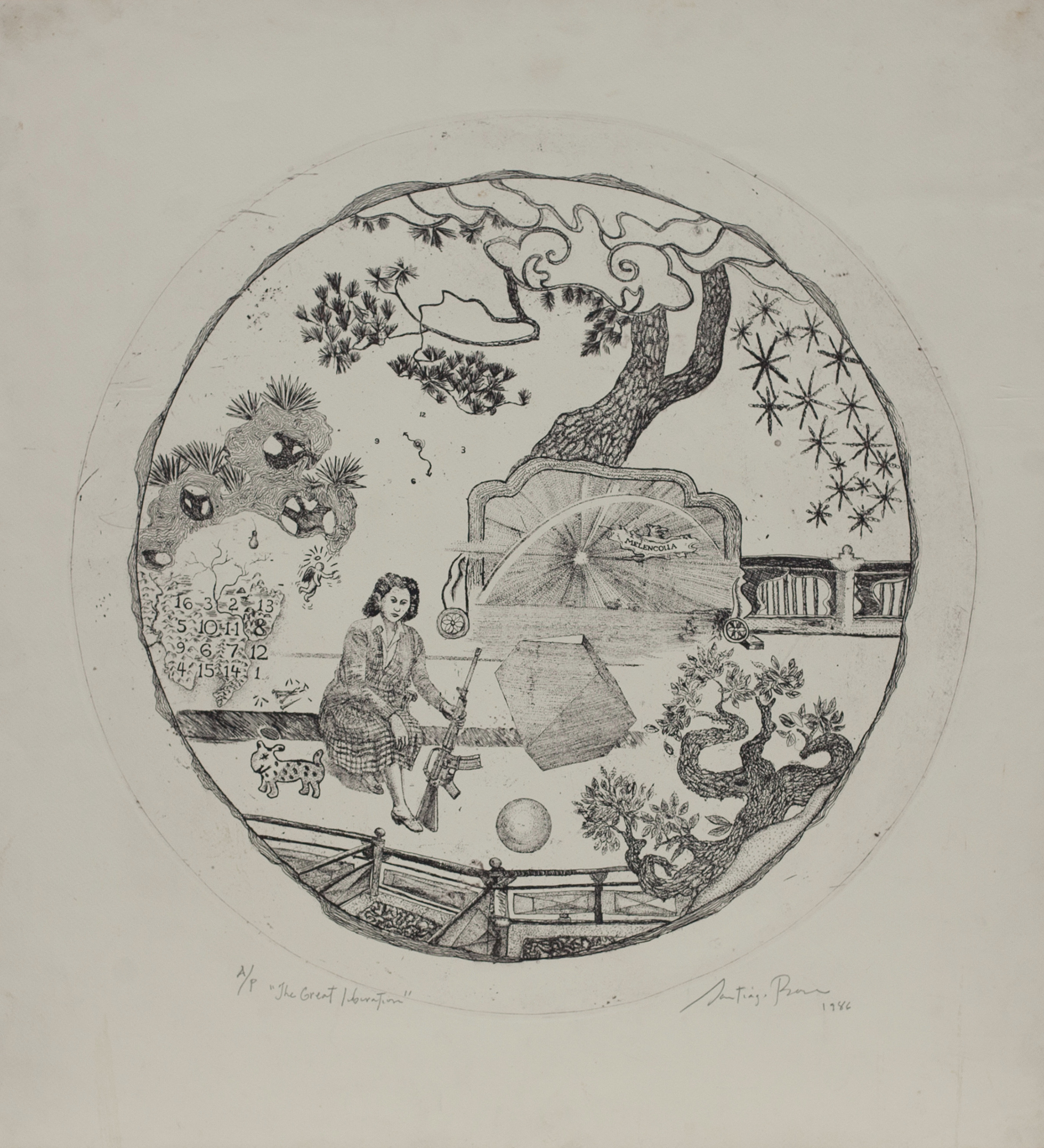
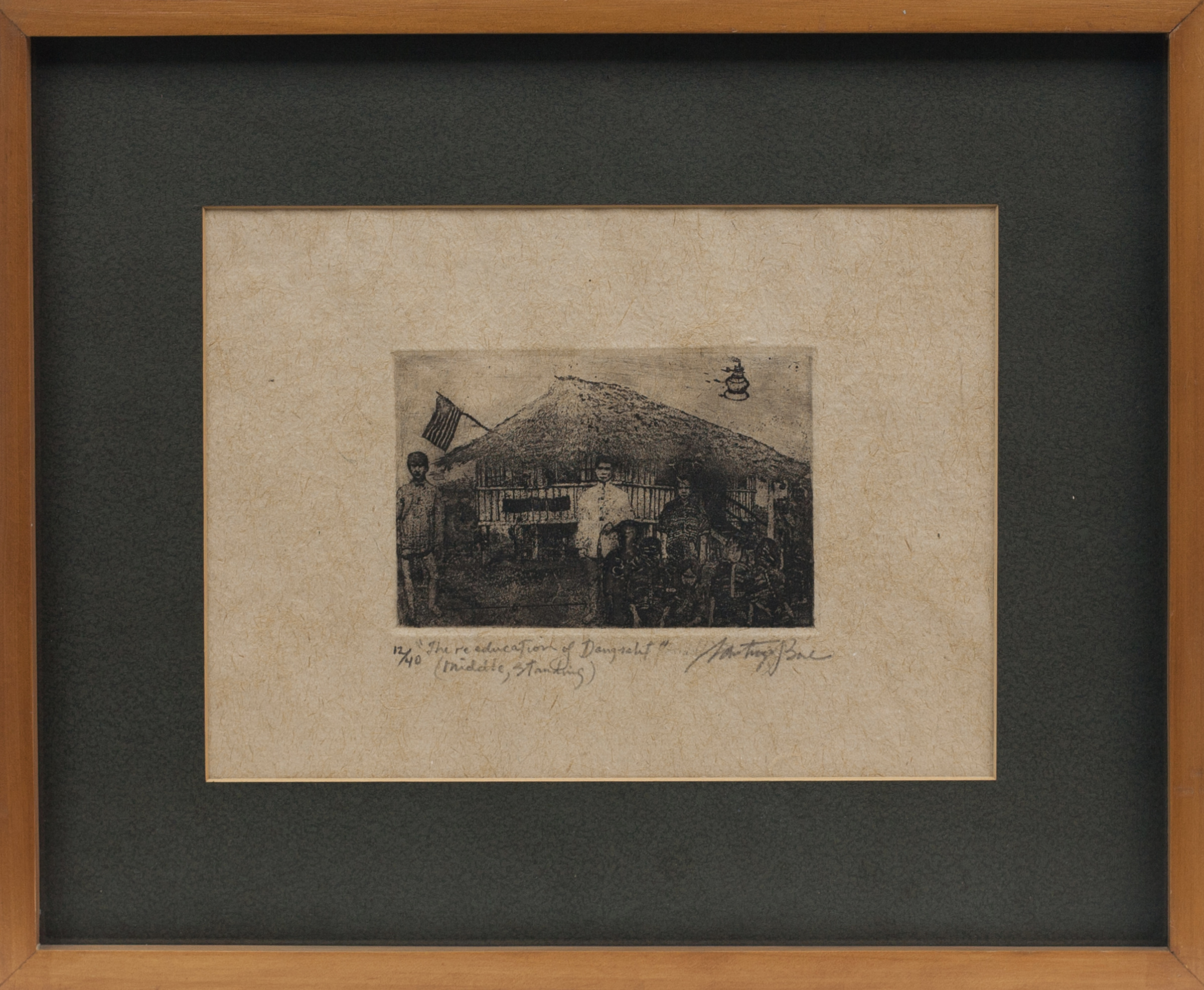
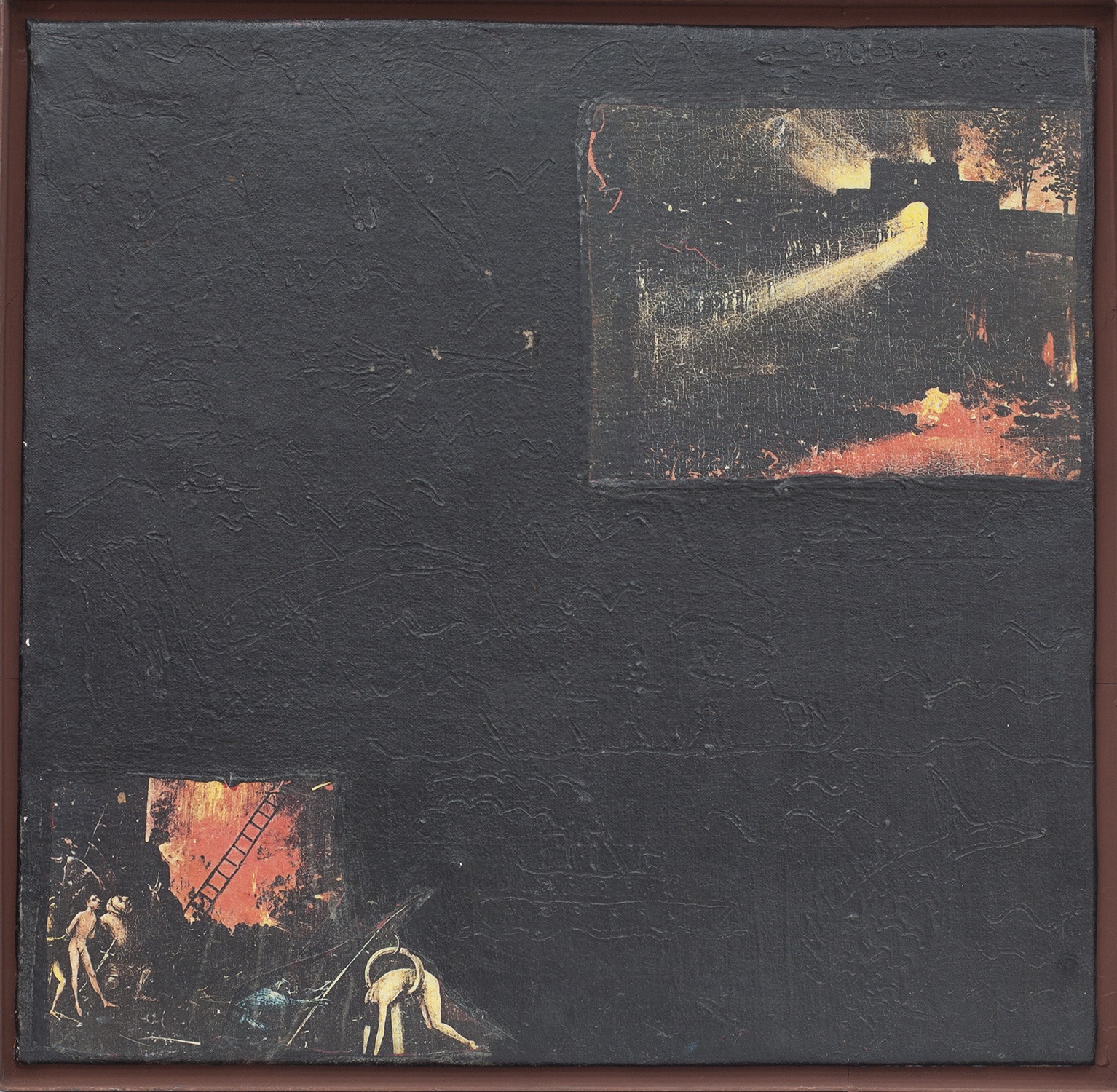
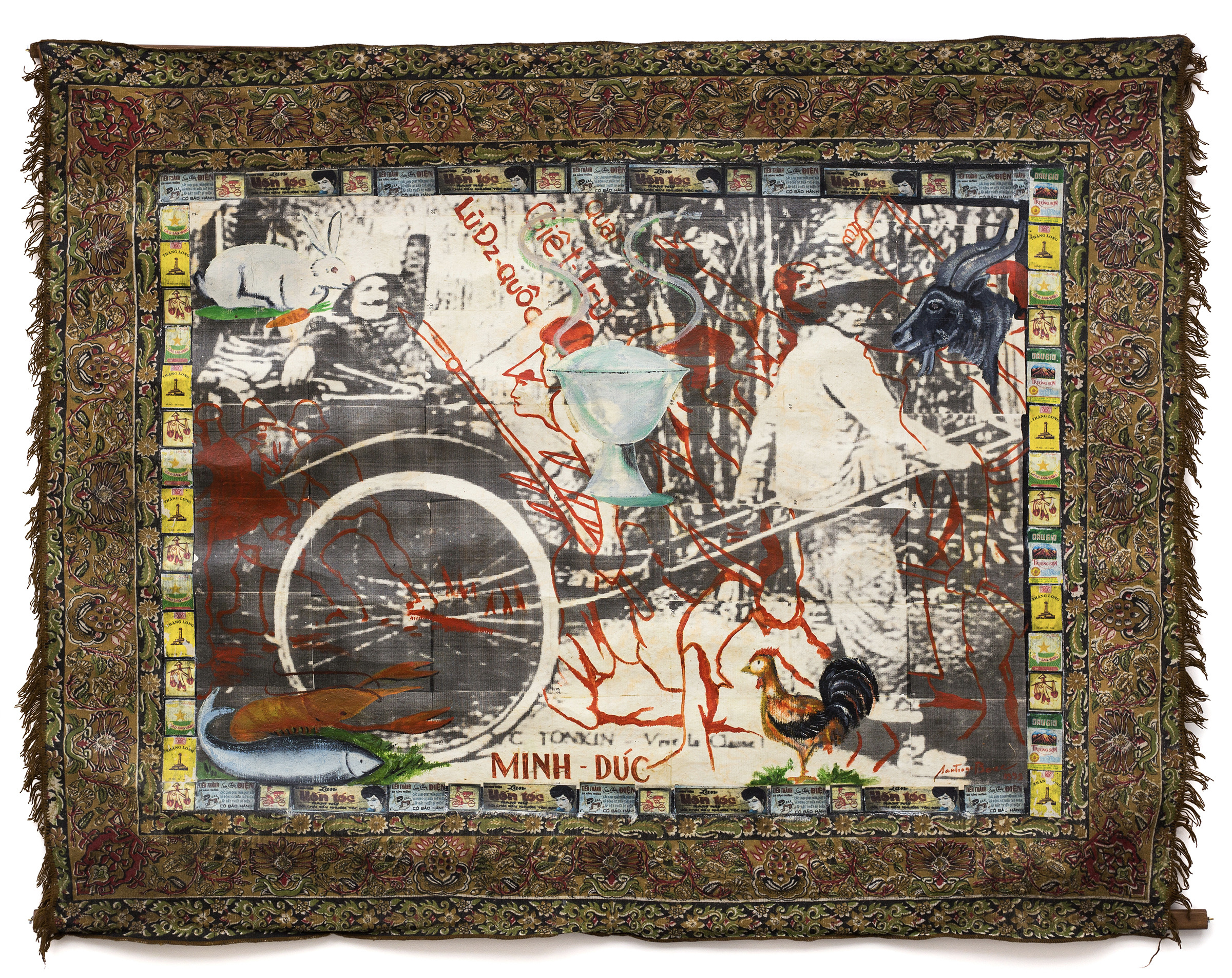
IV. Tricky Object
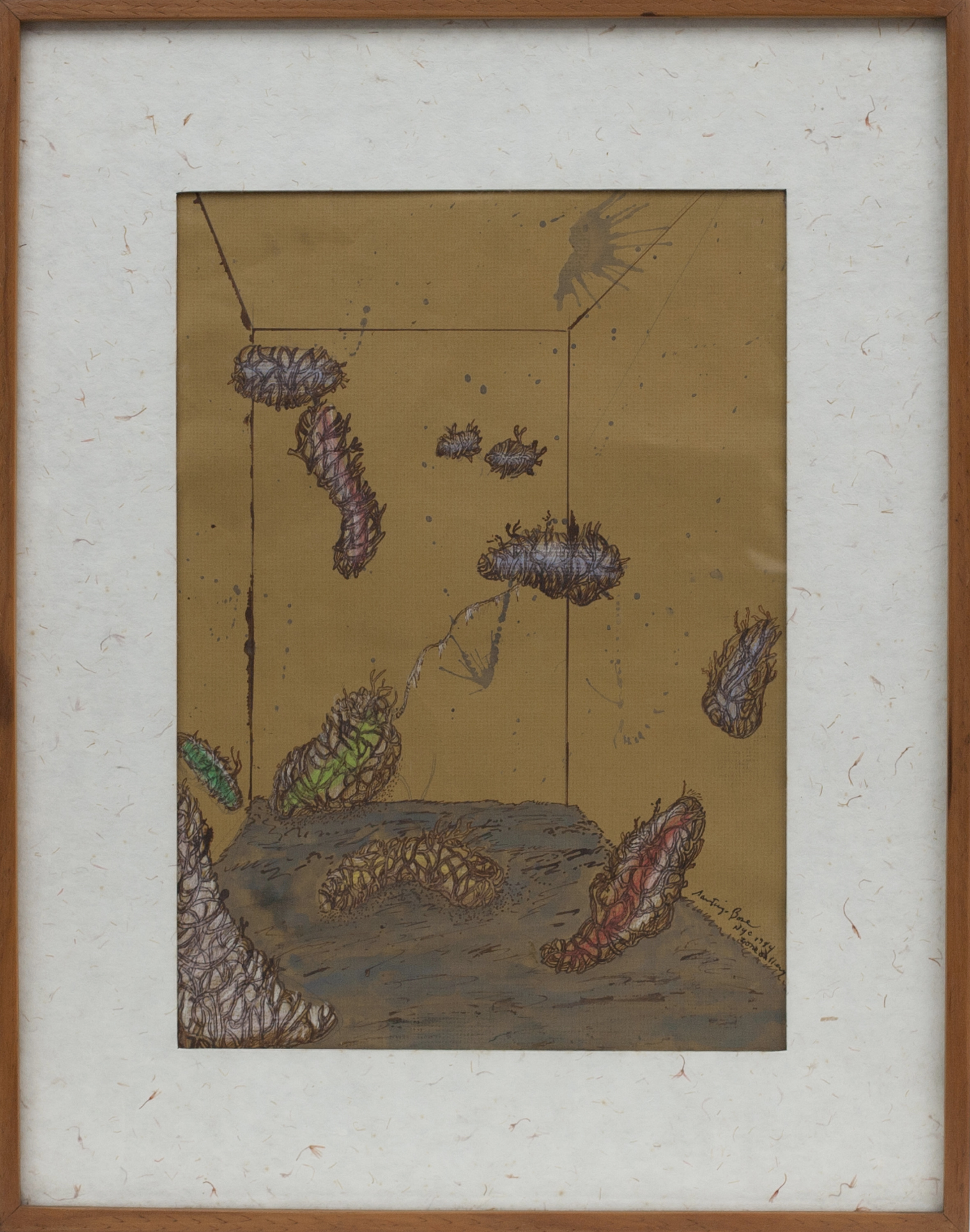
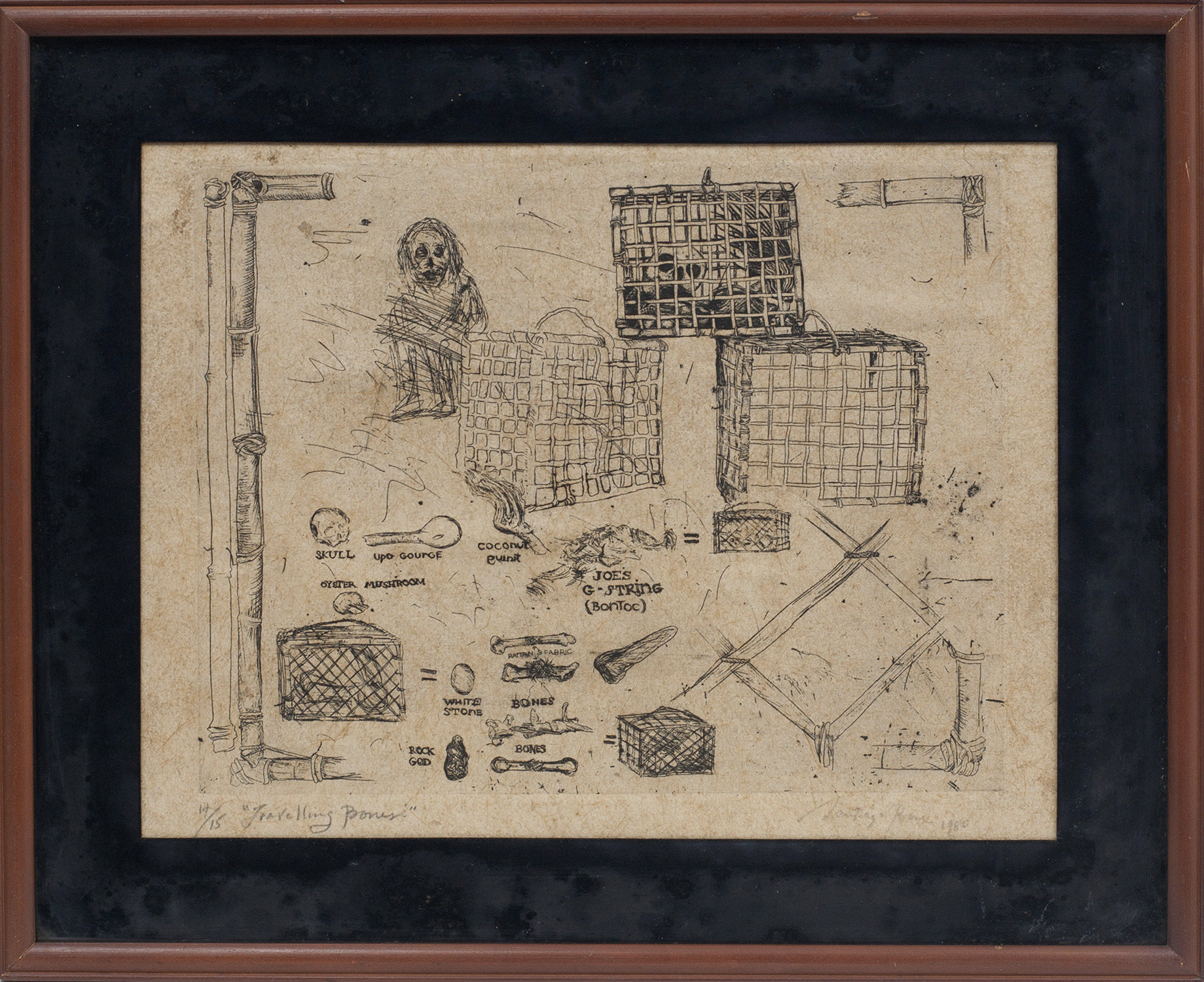
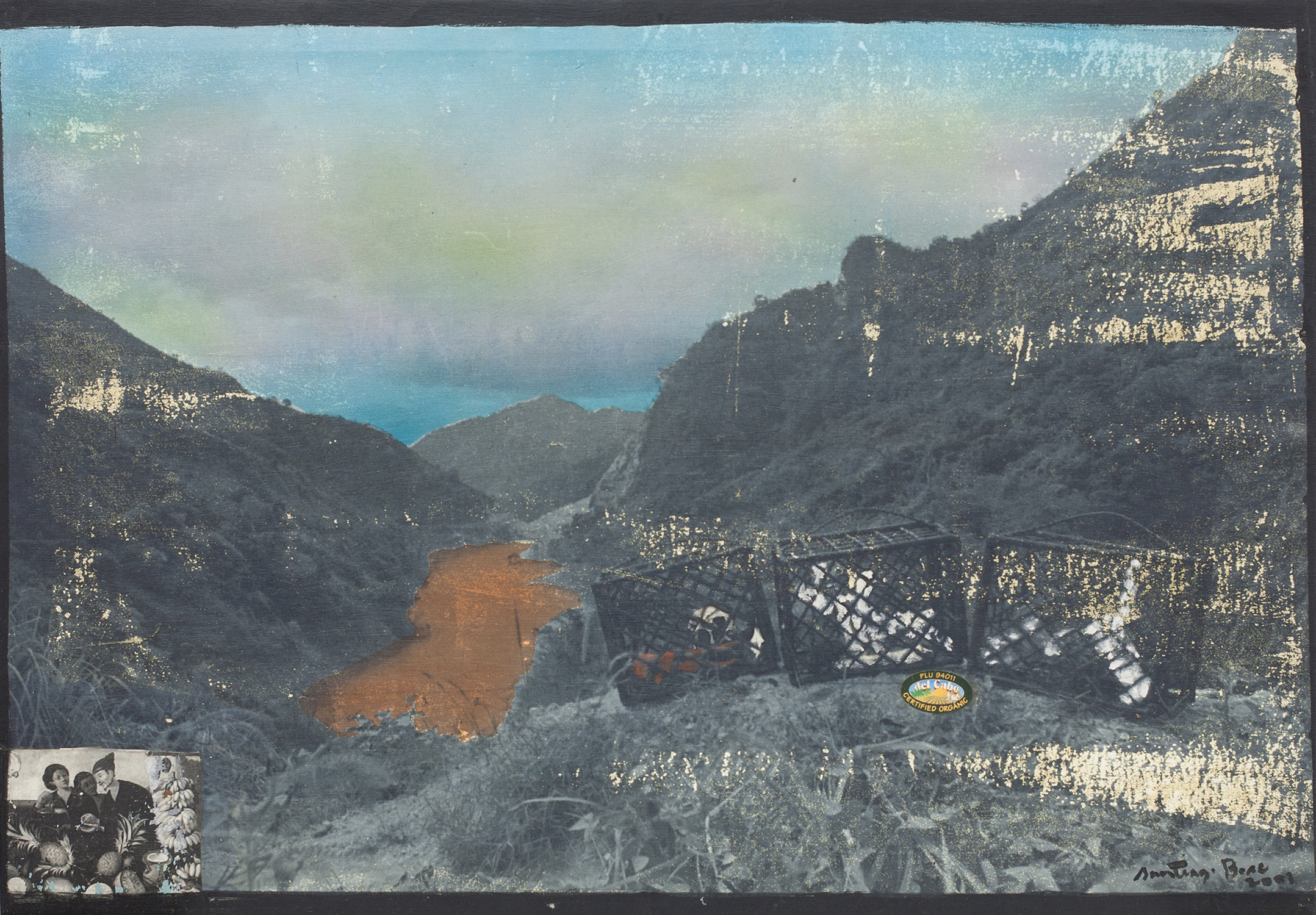
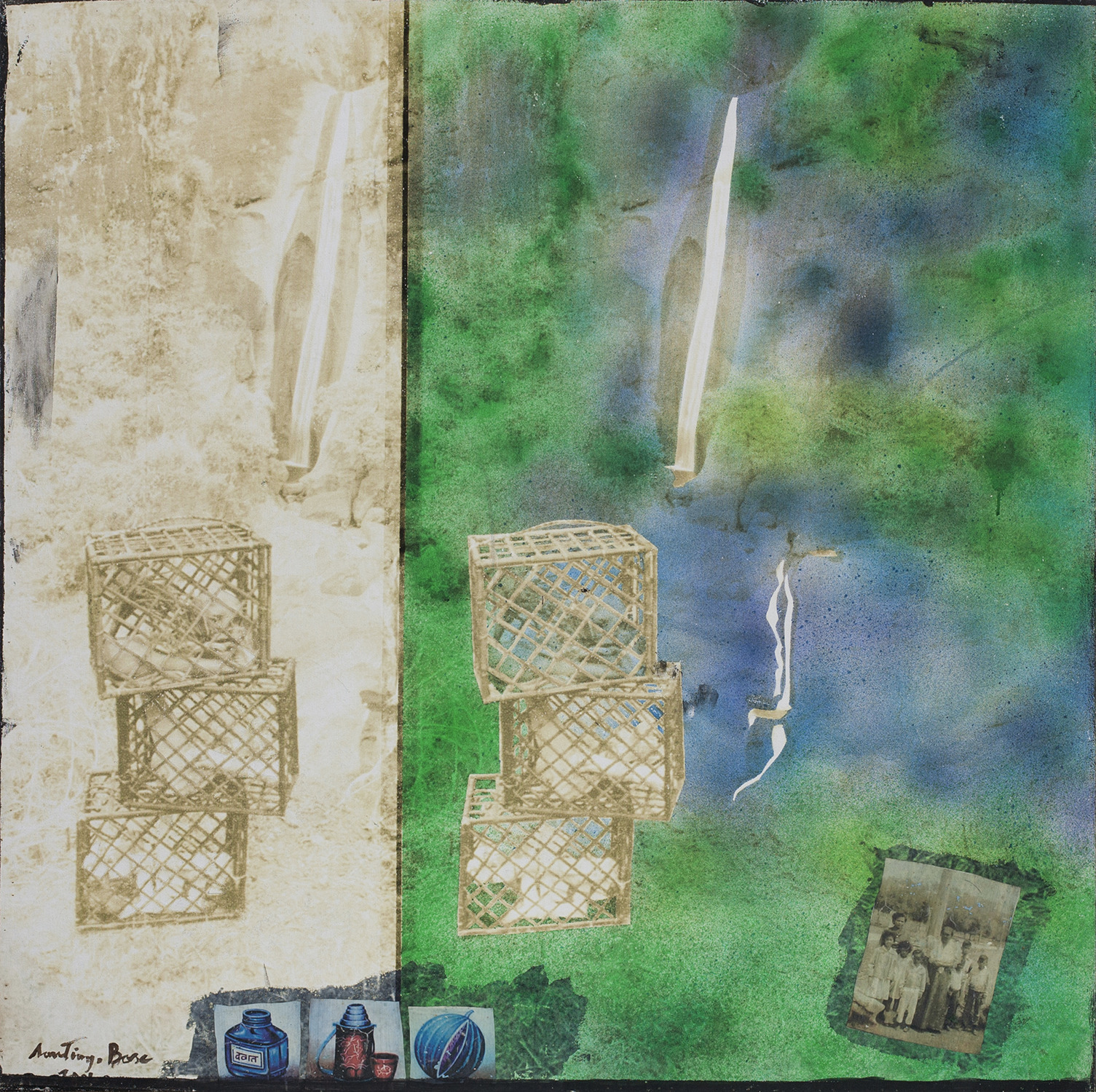
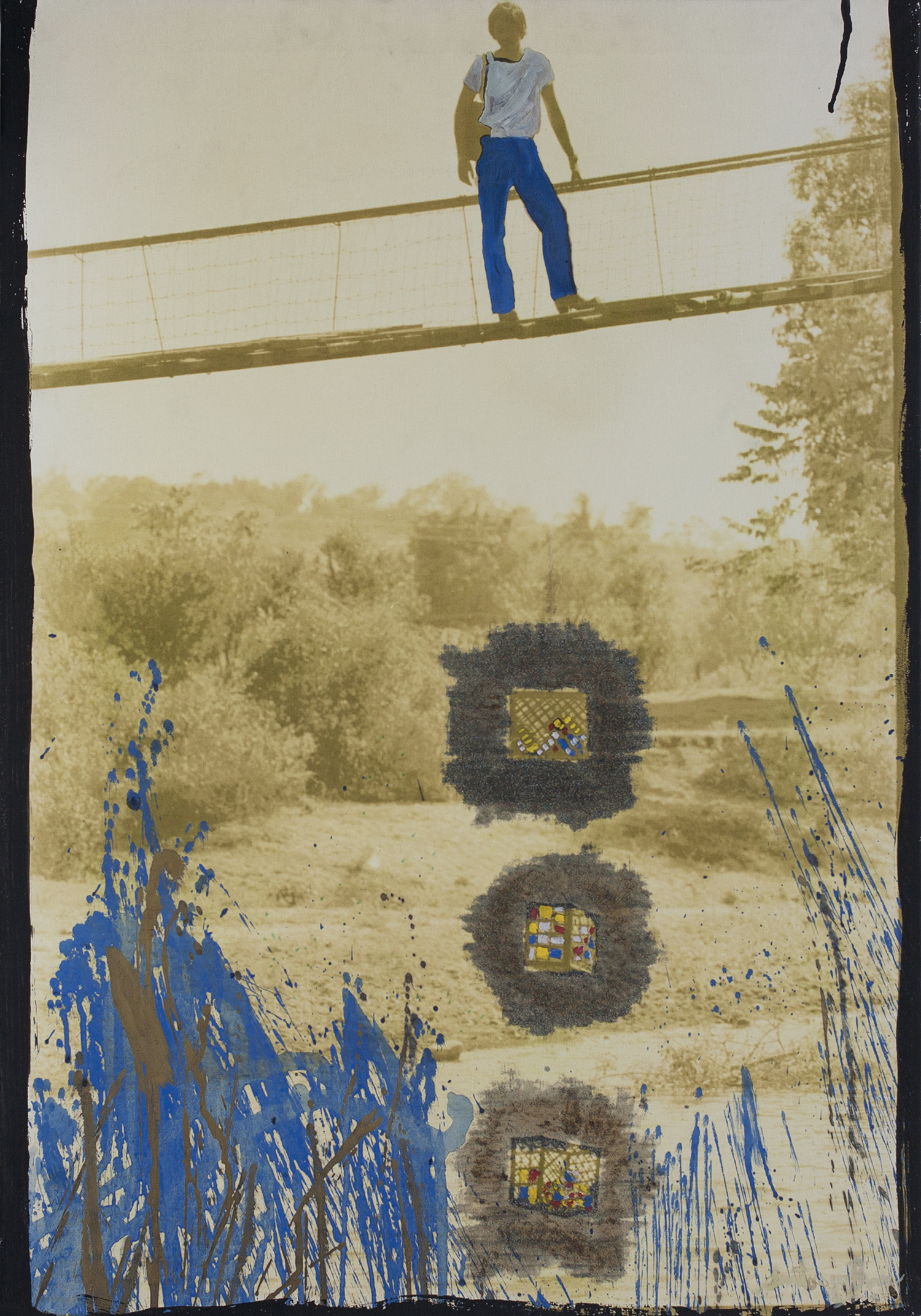
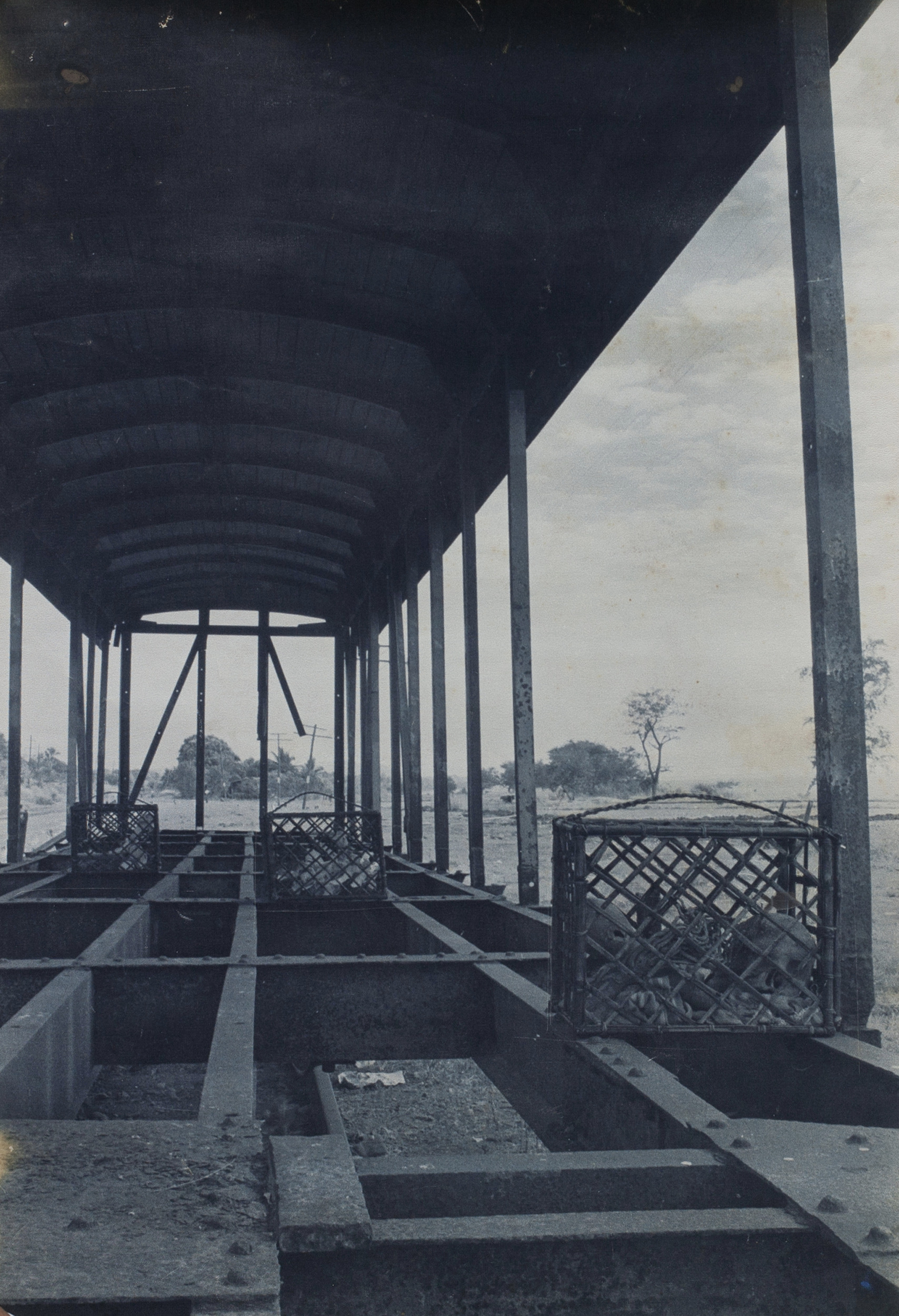
VI. Everyday Life of Artist
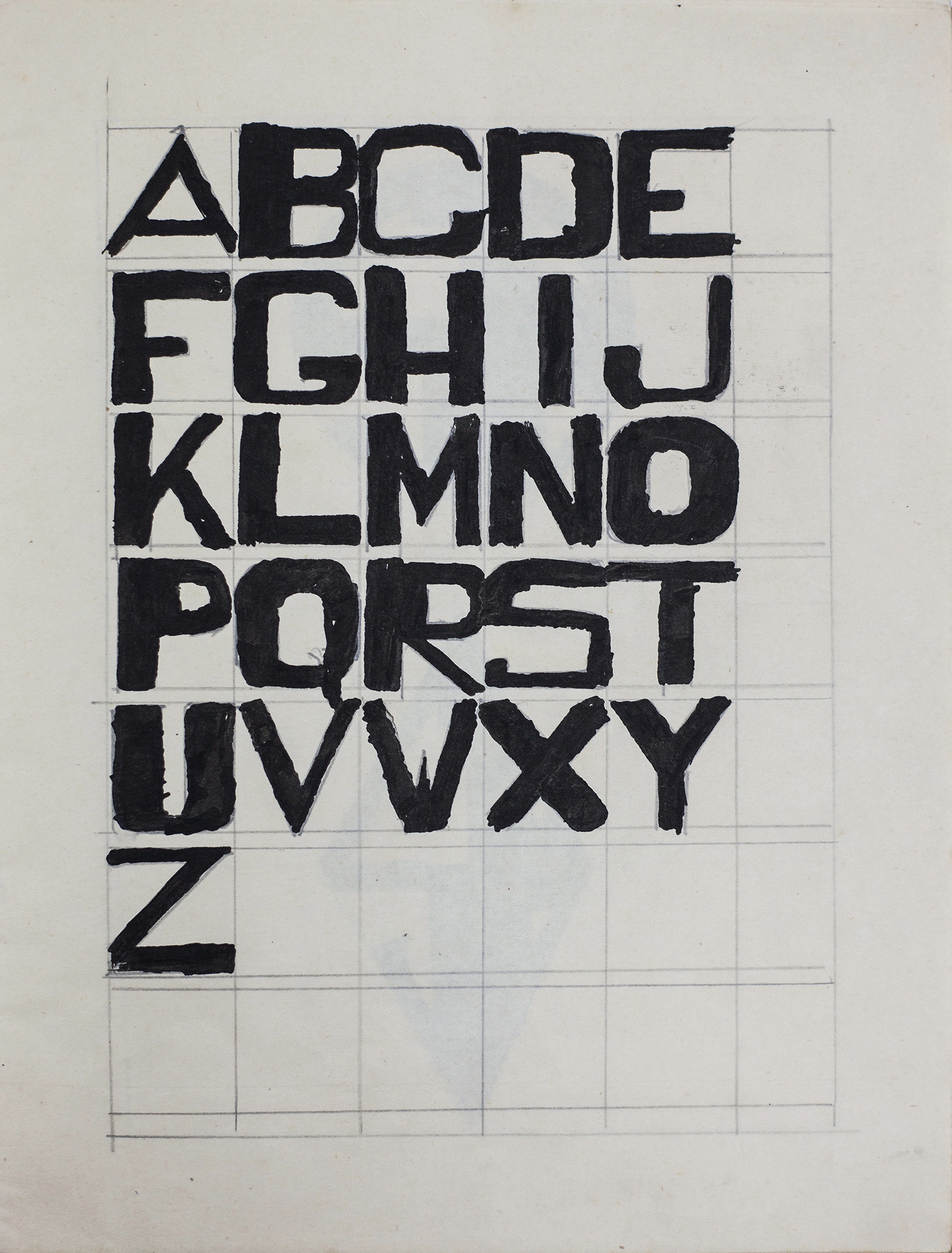
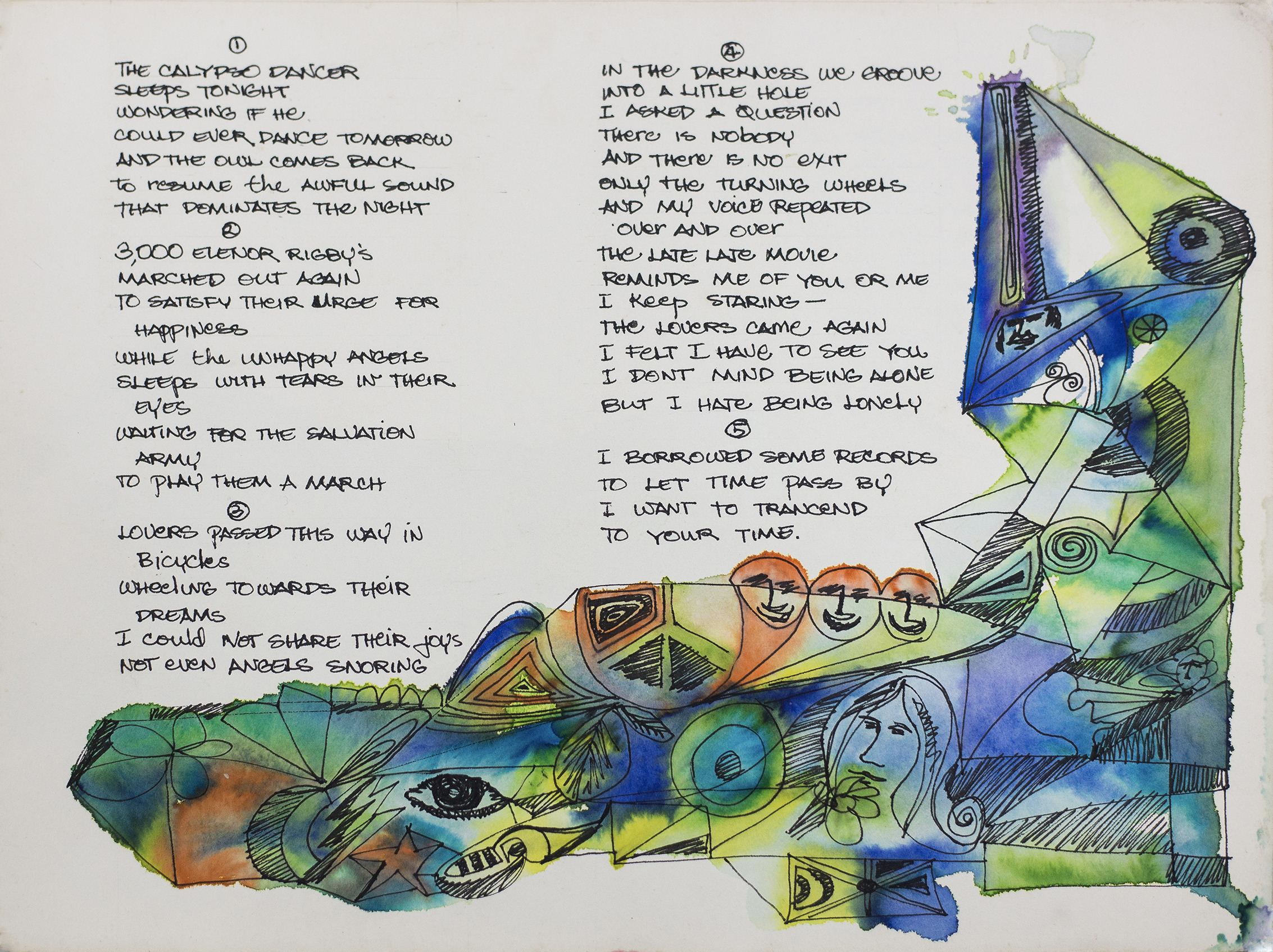
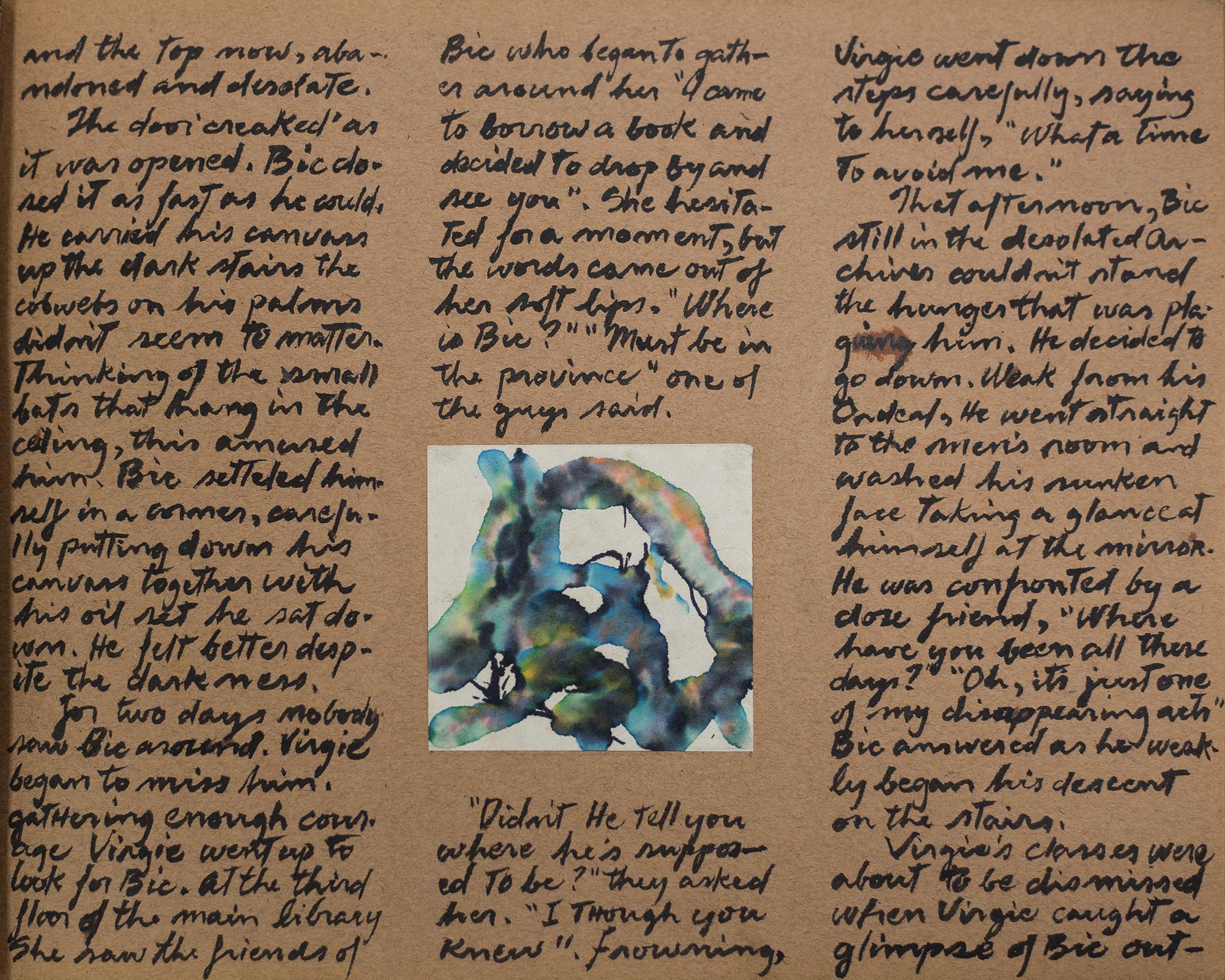
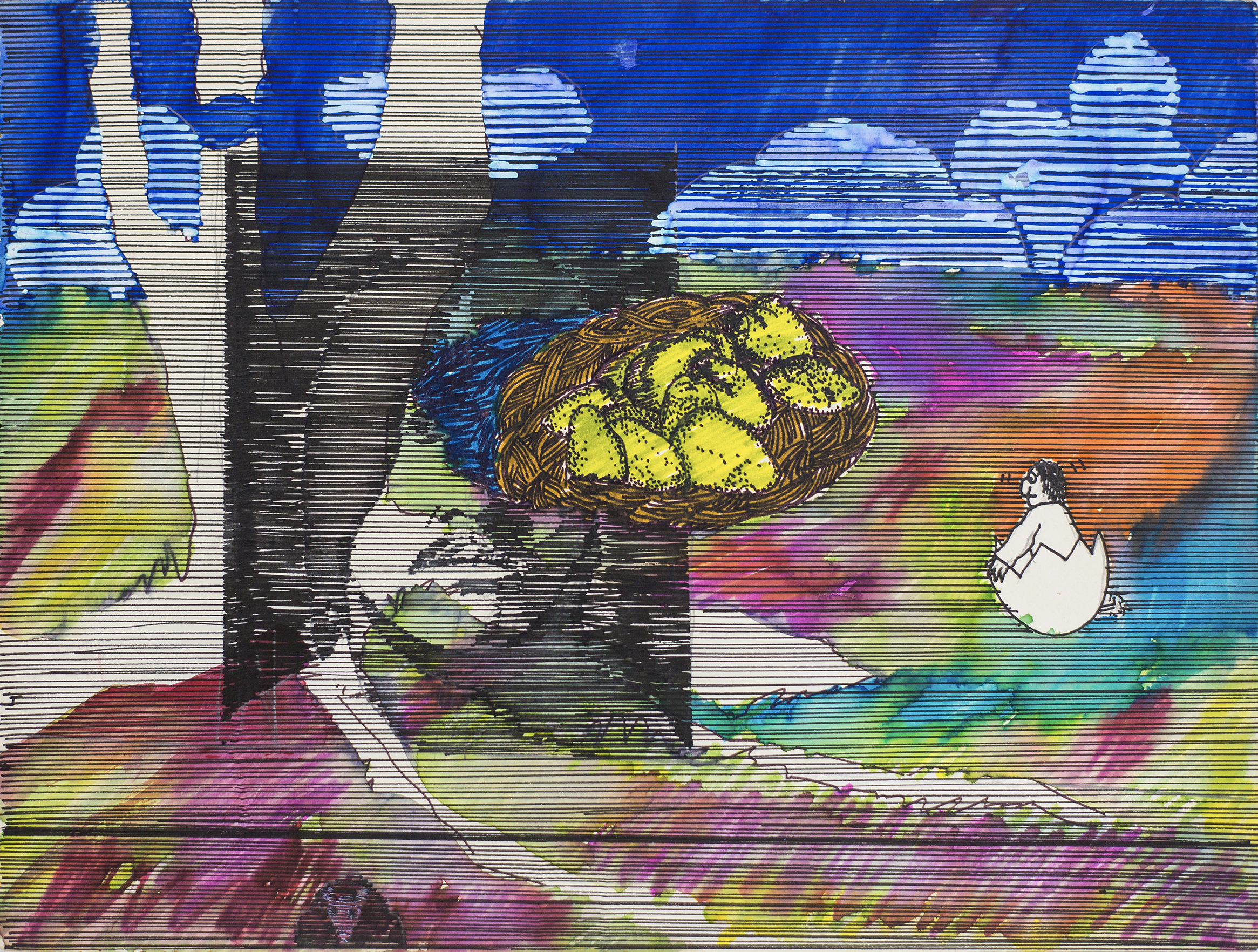
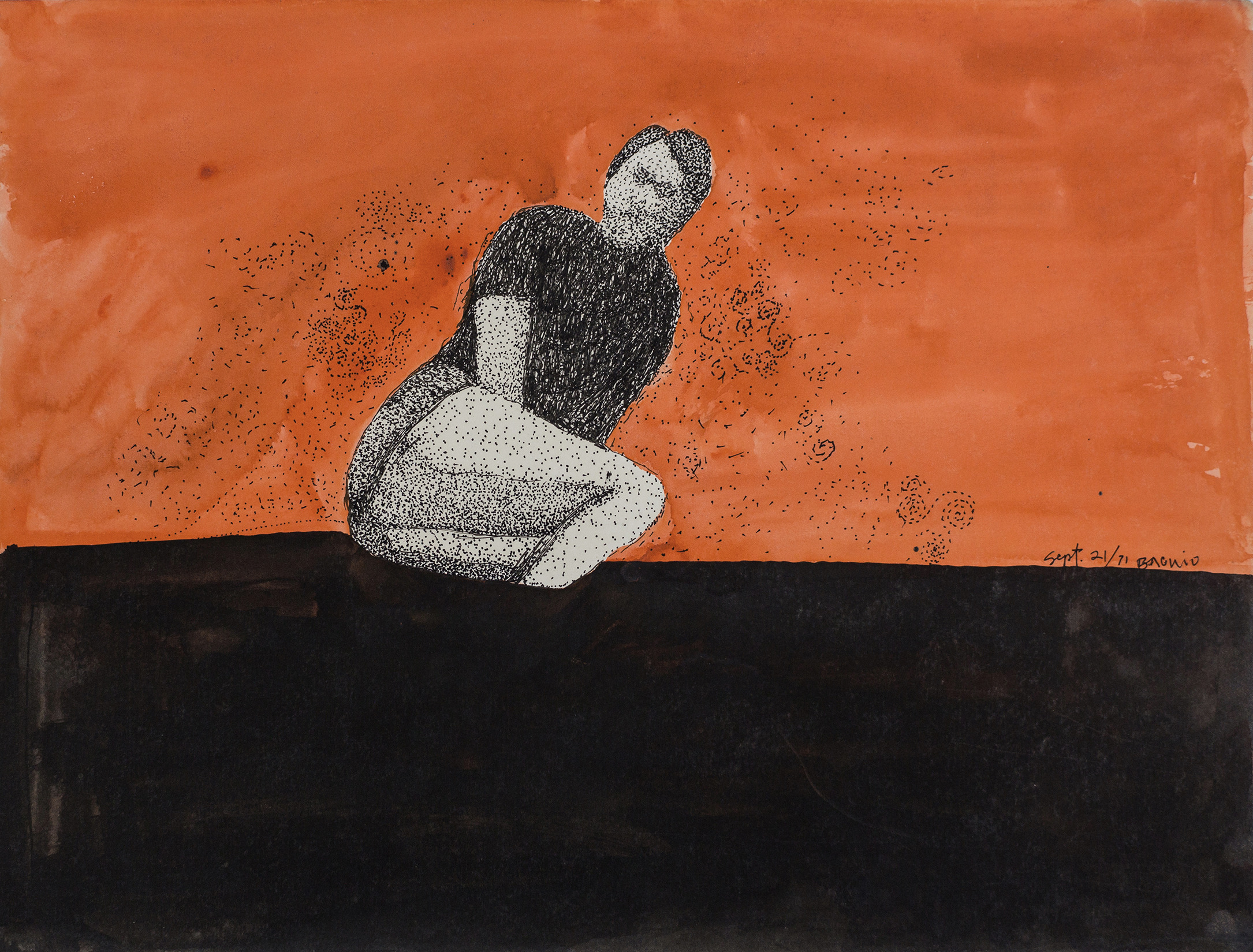
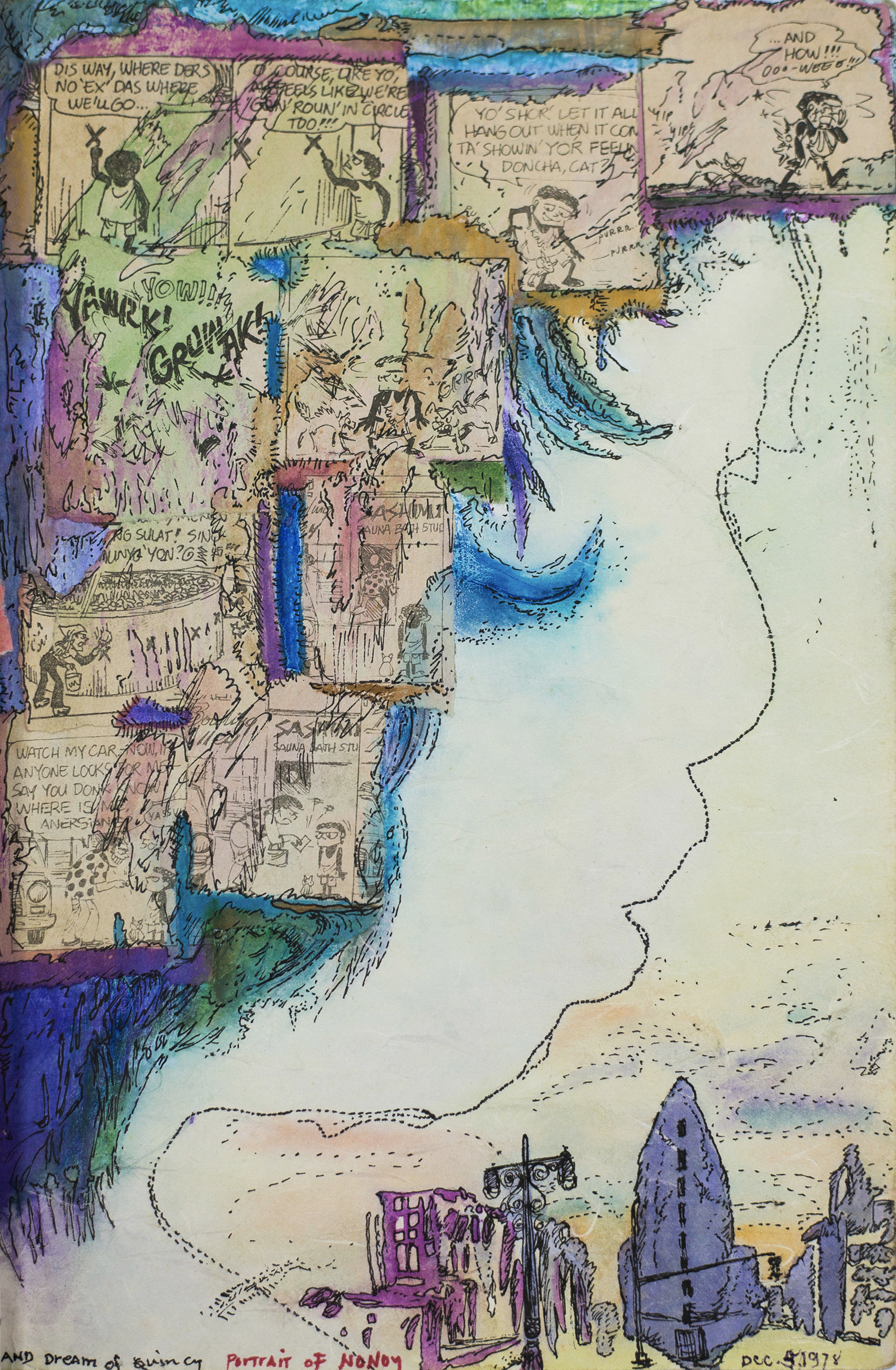
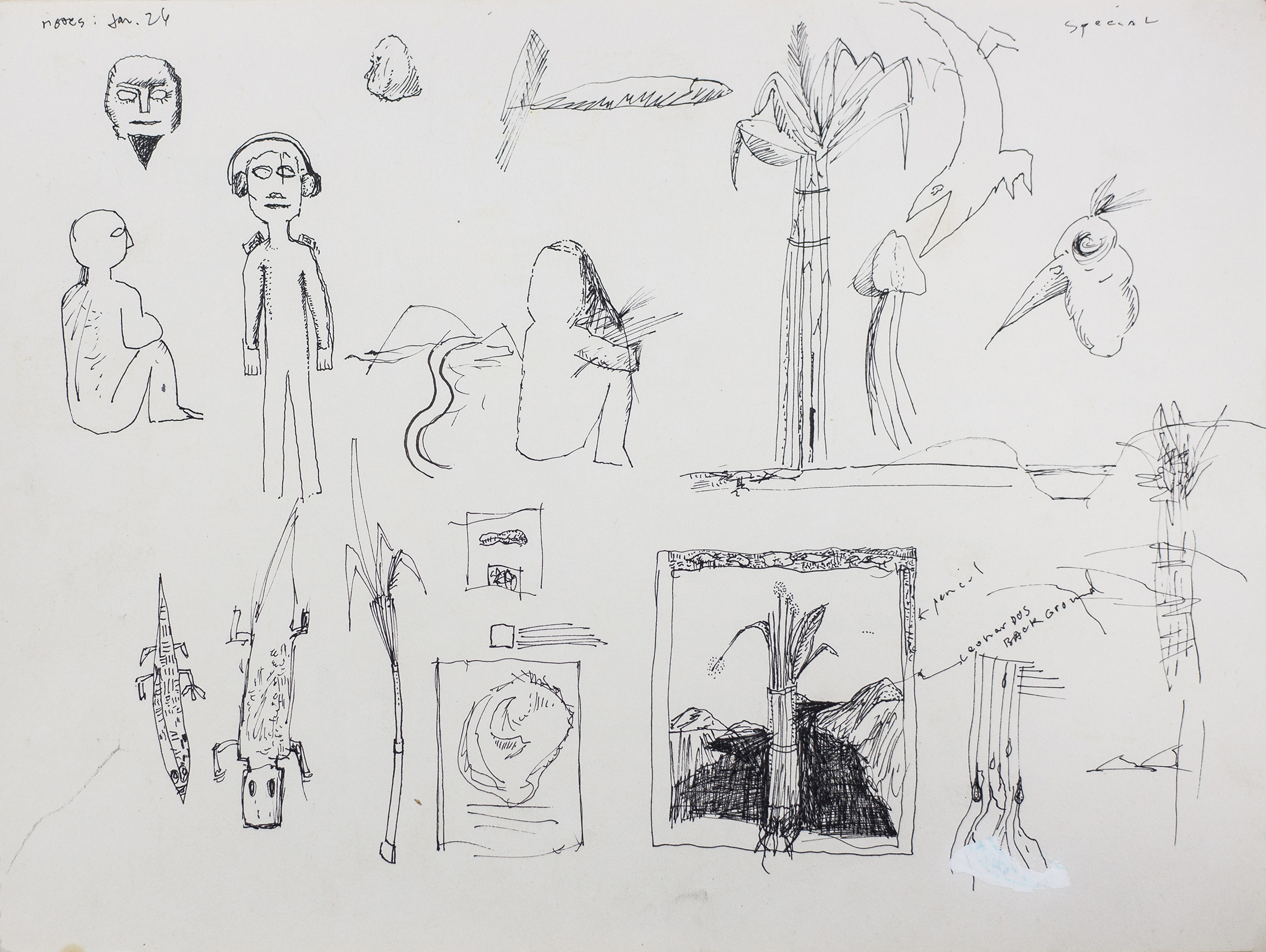
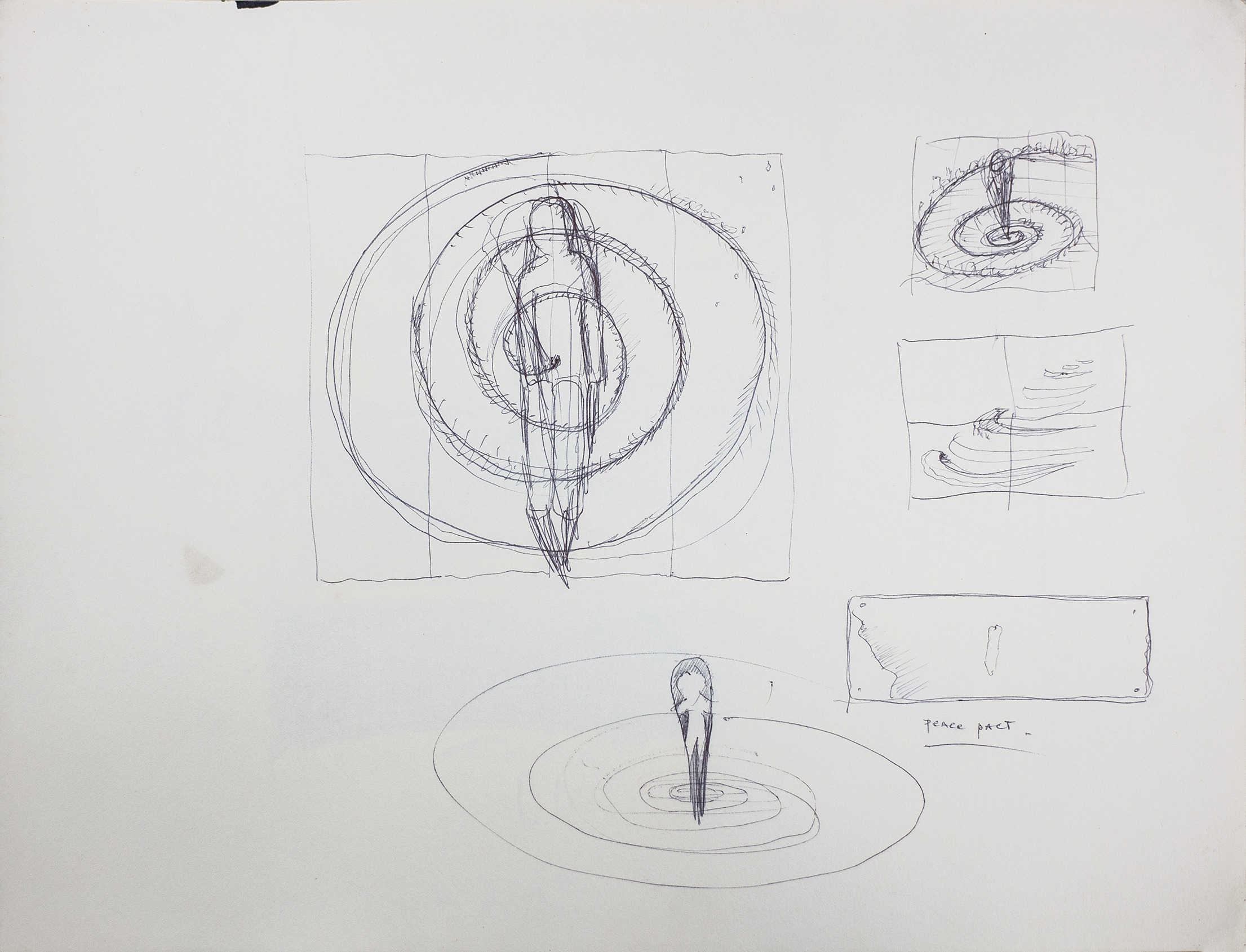
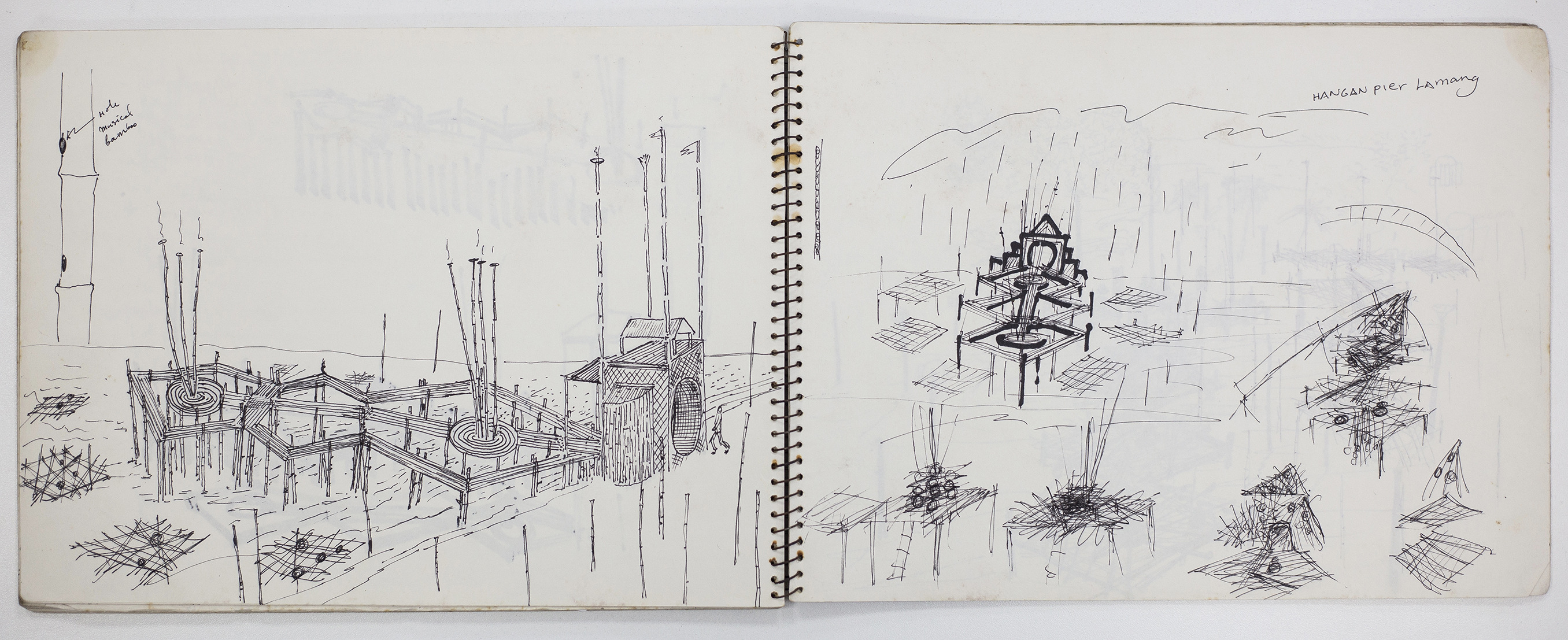
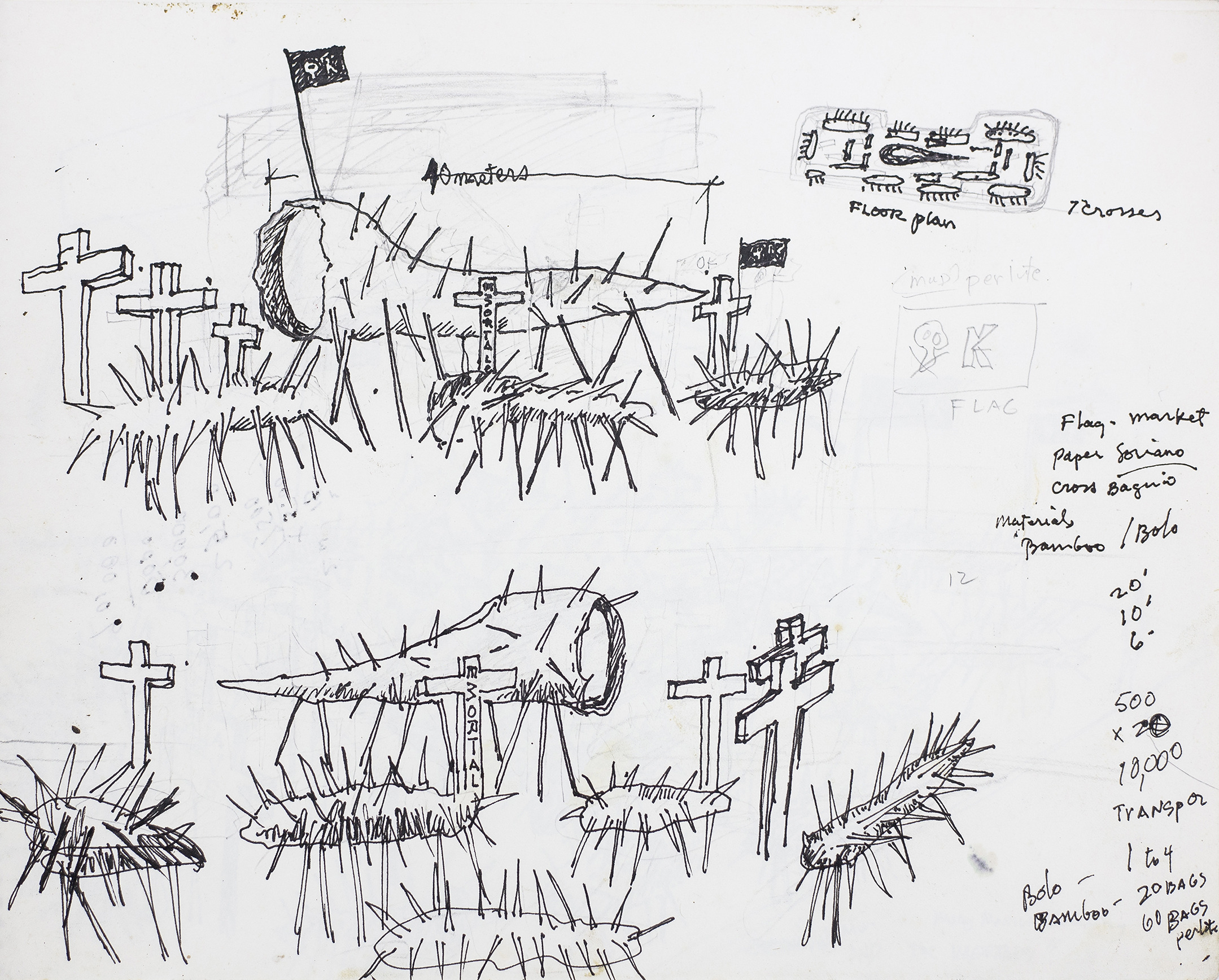
VII. Acting Out
